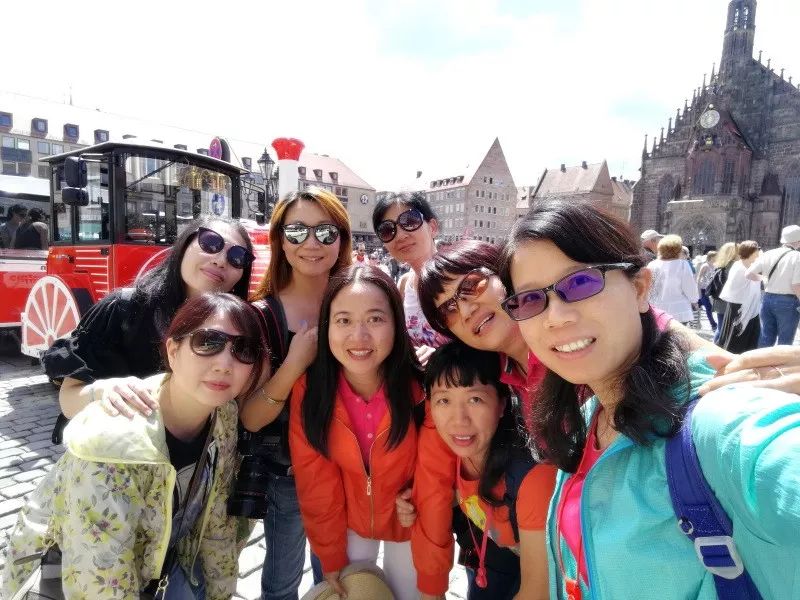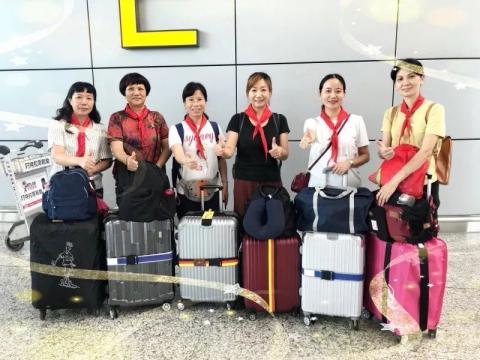
【Issue 60】
Eastern Europe, this beautiful and distant place with a long history of Western culture and a mysterious region that was once baptized by communism, has always had an irresistible attraction for us!
From applying for a Schengen individual visa in full swing to packing their bags with great expectations, on June 1st, Fangfang and her teammates wore red scarves and excitement, carried with them the dreams of communism in their childhood, and carried with them the experience of Curious about the current situation of the former socialist countries with historical changes, we set off!
(Two more team members will set off on June 2)
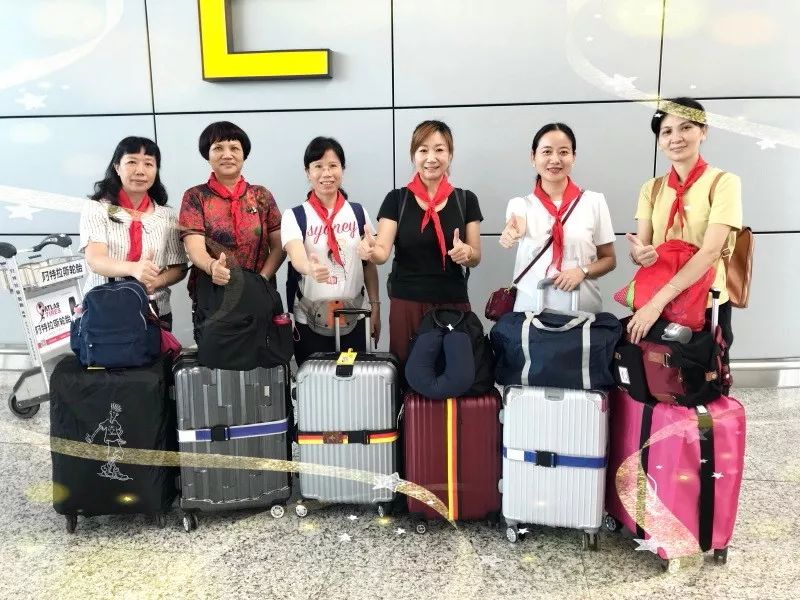
During the layover in Shanghai, even though they only had half a day, Fangfang and her teammates also wanted to enjoy the magic city.
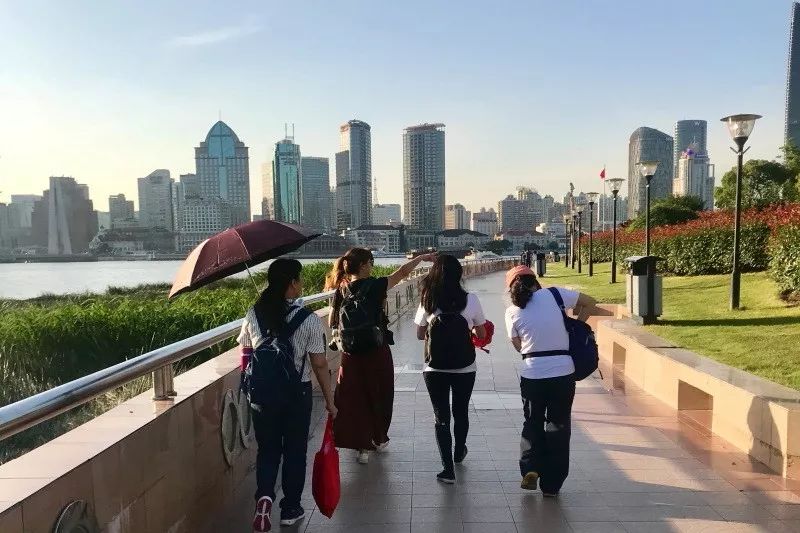
Watch the sunset over the Yangtze River on Pudong Binhai Avenue
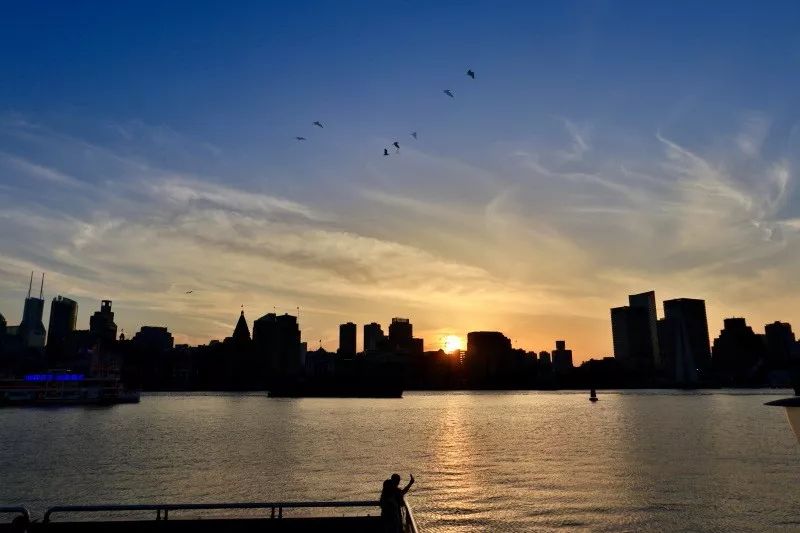
"Xiaoyang Shengjian" cannot be let go
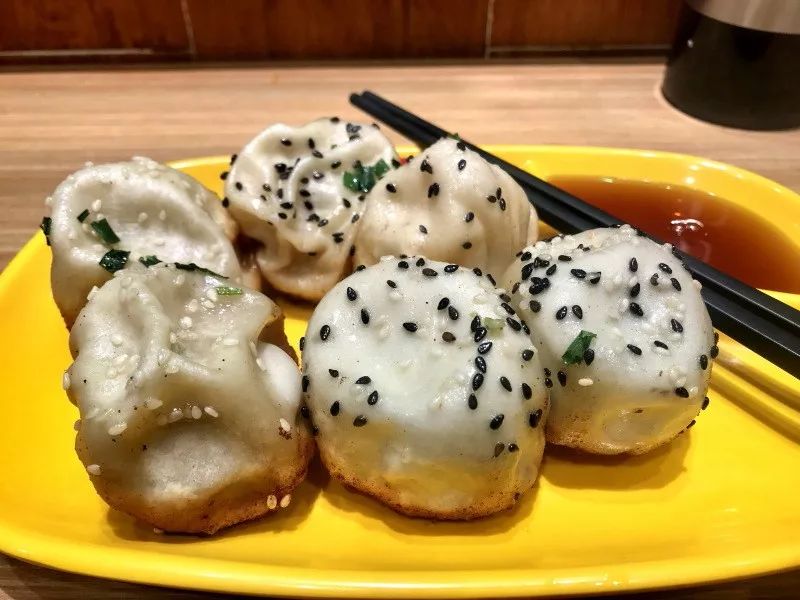
After a 10-and-a-half-hour flight, the next morning we successfully arrived at Frankfurt International Airport in Germany, the third largest airport in Europe (the top two are London and Paris airports)
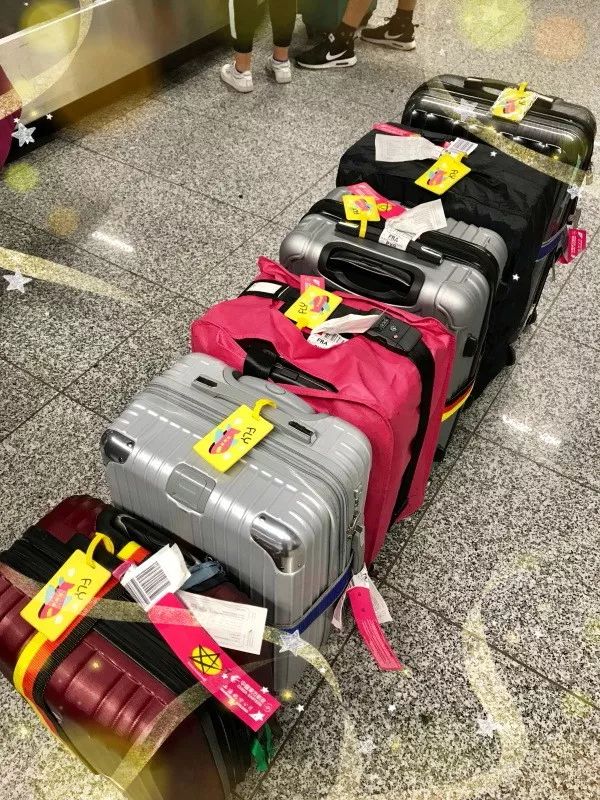
Take the train from the airport to Frankfurt Central Station and fully experience the pace of life of local Germans
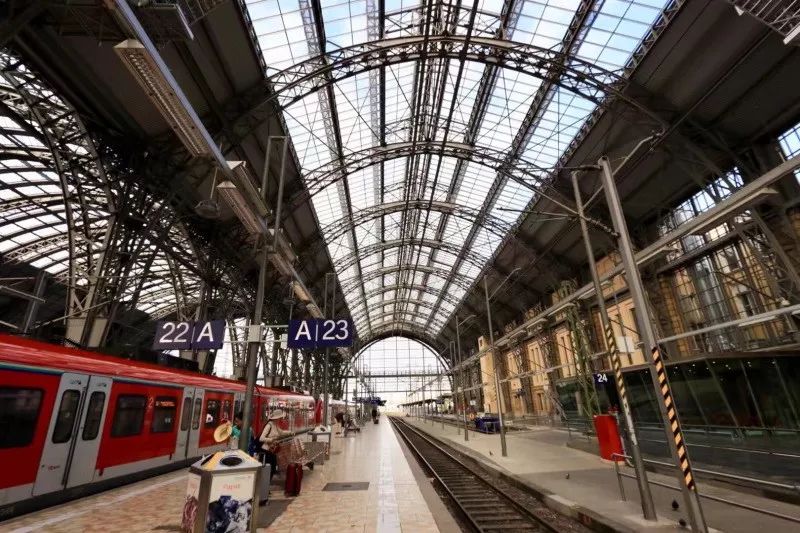
We took a group photo in front of Frankfurt Central Station. The team members were in excellent condition. Their pretty faces didn’t show that we had just experienced a flight of more than 10 hours.
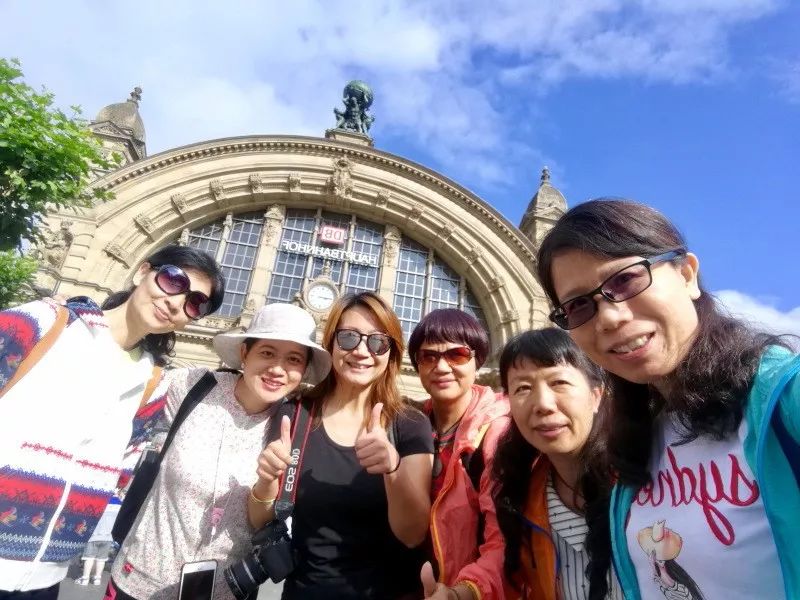
After storing our luggage at the hotel, we started to visit Frankfurt am Main (there is also a city in eastern Germany called Frankfurt am der Oder)
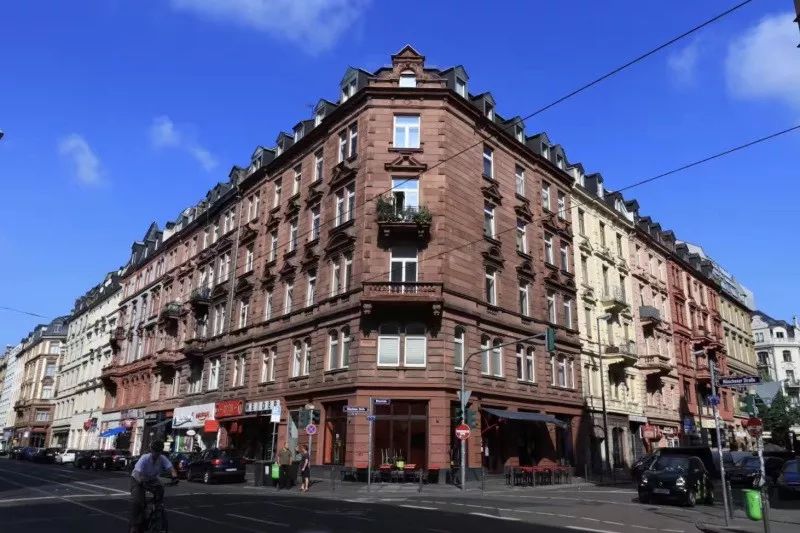
Frankfurt is an important industrial and commercial, financial services and transportation hub center in Germany and even Europe.
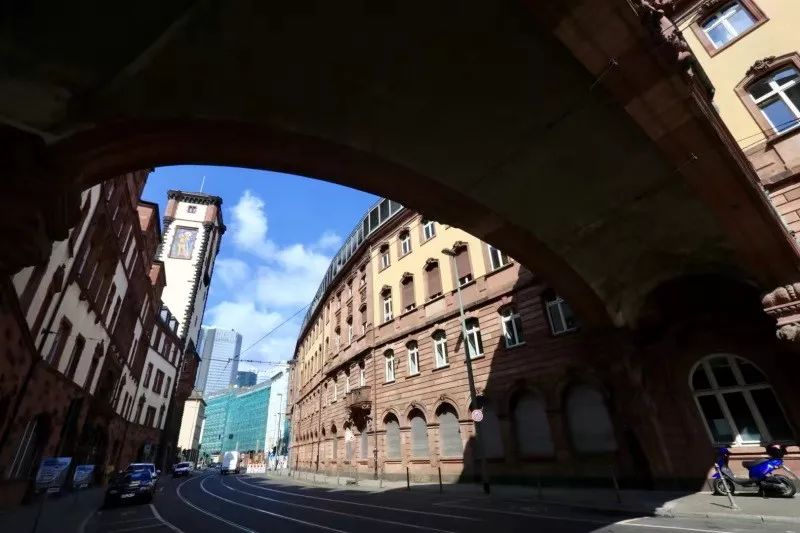
There are more than 300 banks in the city, operating 85% of Germany's stock transactions. The huge Euro Tower, which frequently appears in international news, stands on the open space of the European Central Bank Building. It is one of the landmarks of Frankfurt.
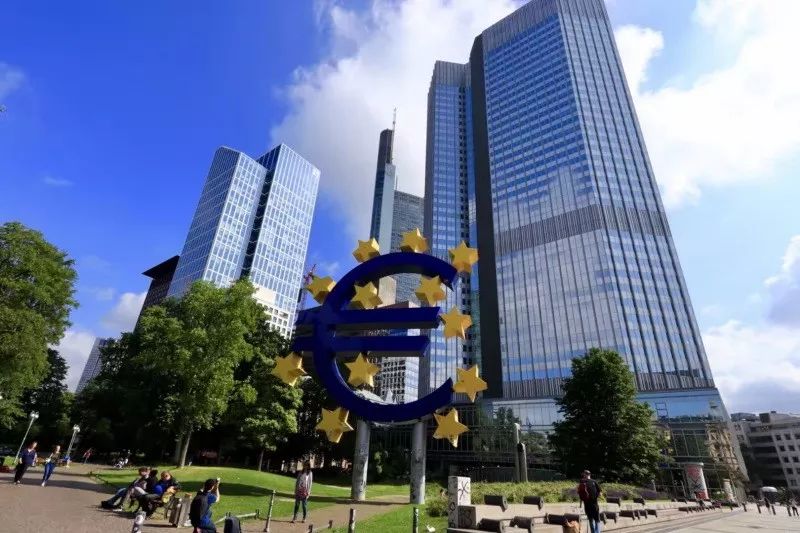
Frankfurt City Hall, located in the center of the old city, is a typical Gothic building with a history of more than 600 years. It was the place where emperors were crowned during the Roman Empire. The unique stepped gabled roof is a symbol of Frankfurt. The door The Roman Forum in front still retains the appearance of a medieval street
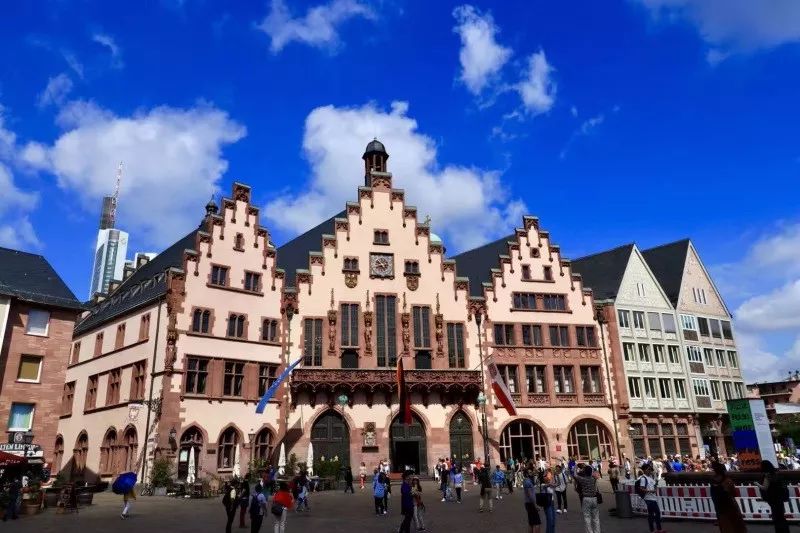
The painted taxis parked on the roadside add an artistic touch to this financial city.
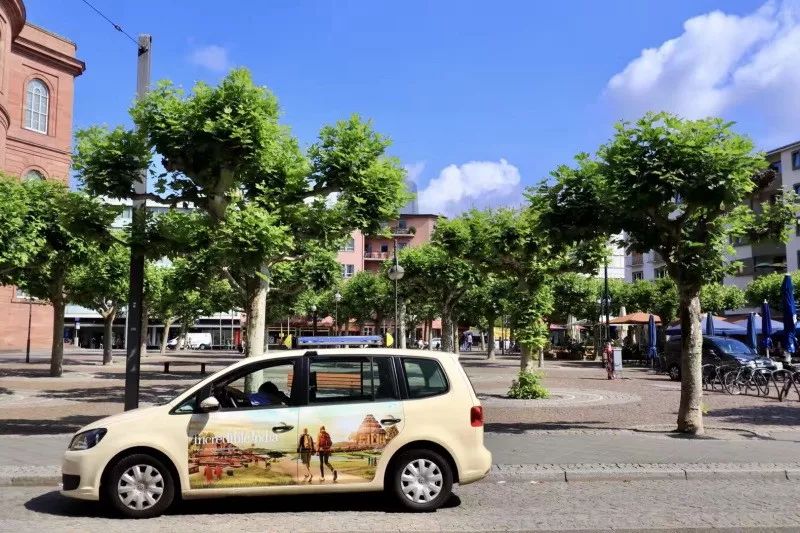
It’s also a good idea to take an open-air sightseeing bus and slowly drive around the city.
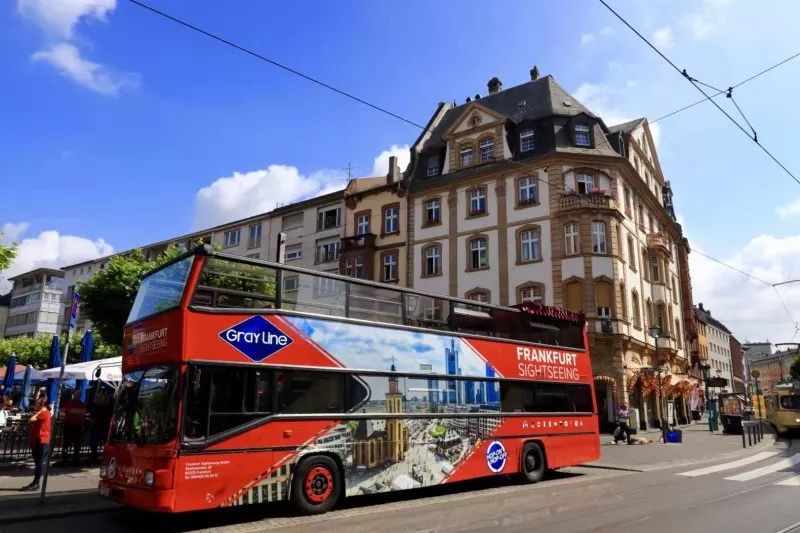
Main, the mother river of Frankfurt
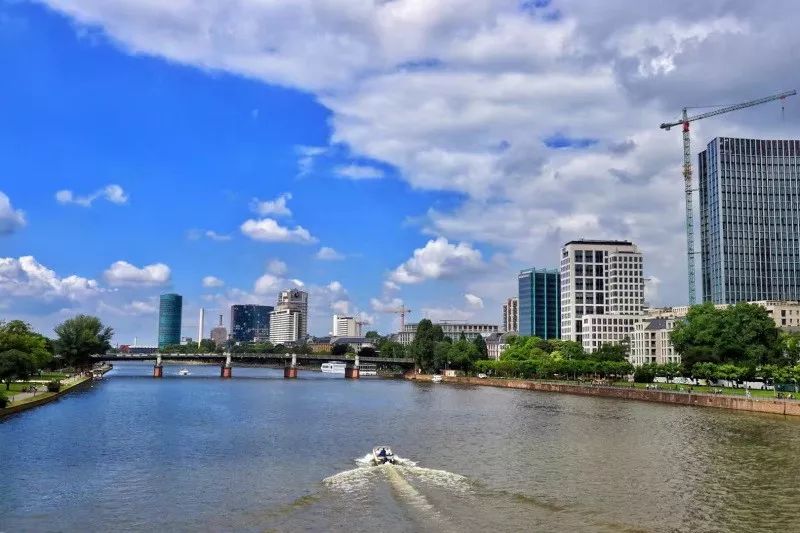
The landmark iron bridge spanning the north and south sides of the Main River - Lover's Bridge, is the first suspension bridge in Europe. People hang concentric locks of various materials, colors and shapes on both sides of the bridge deck, hoping to lock them for life. of beautiful love
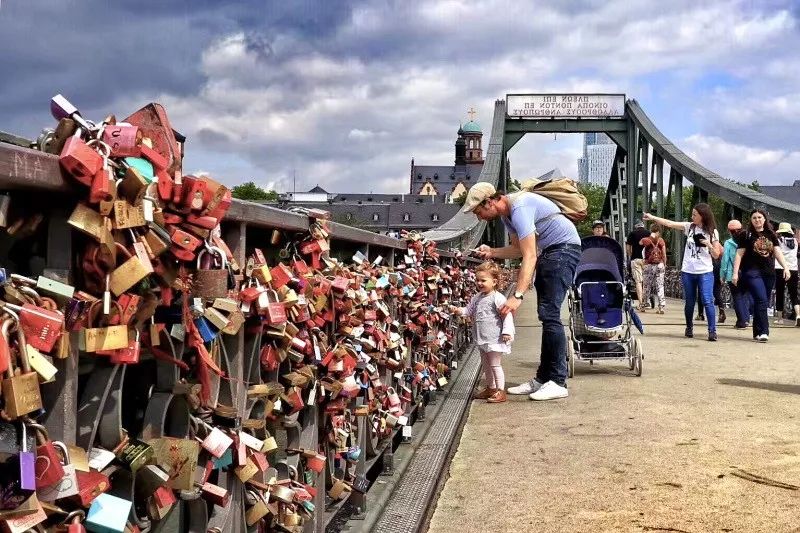
Various old-fashioned buildings are dotted in the streets and alleys of Frankfurt, and they are majestic.
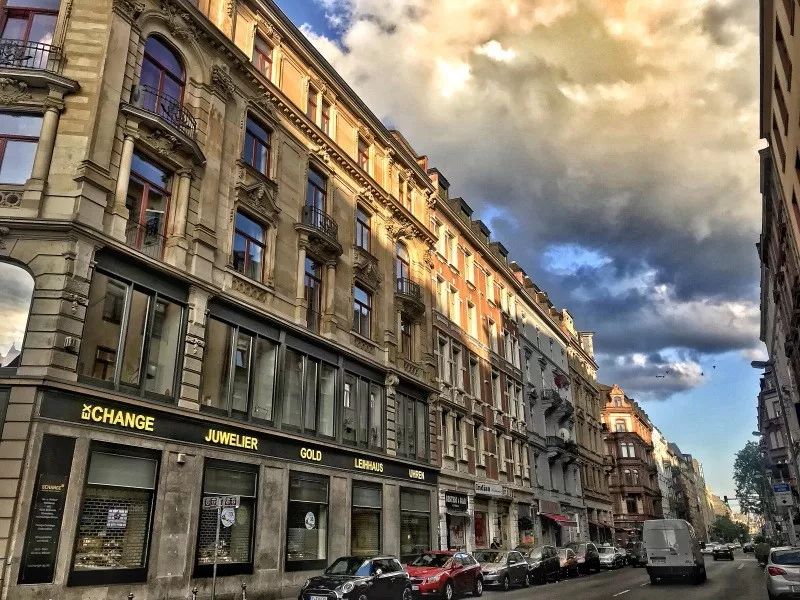
For my first dinner in Germany, my first choice was of course the authentic German “salted pork knuckles” that are famous all over the world. That kind of deliciousness was still in my mind when Fangfang was writing her travel notes.
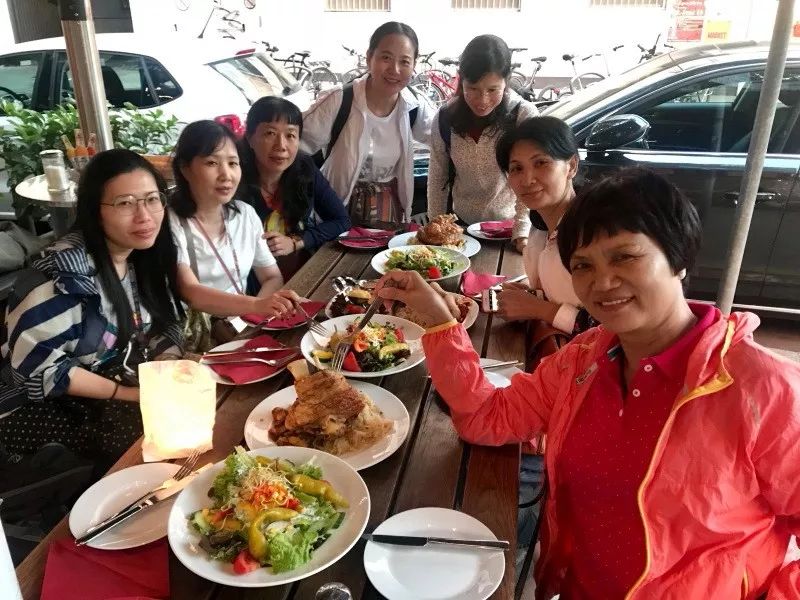
Leaving Frankfurt, we drove to Nuremberg, a city in eastern Germany.
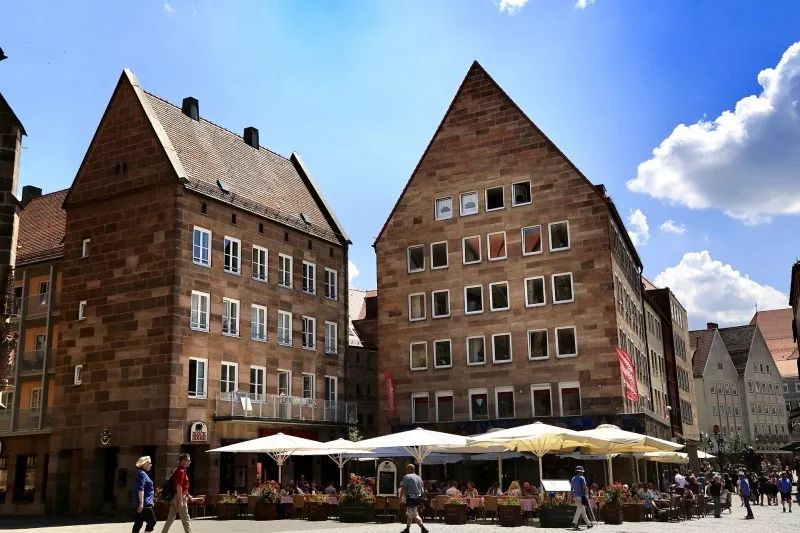 In the city center square, residents are enjoying Sunday family time in the warm sunshine
In the city center square, residents are enjoying Sunday family time in the warm sunshine
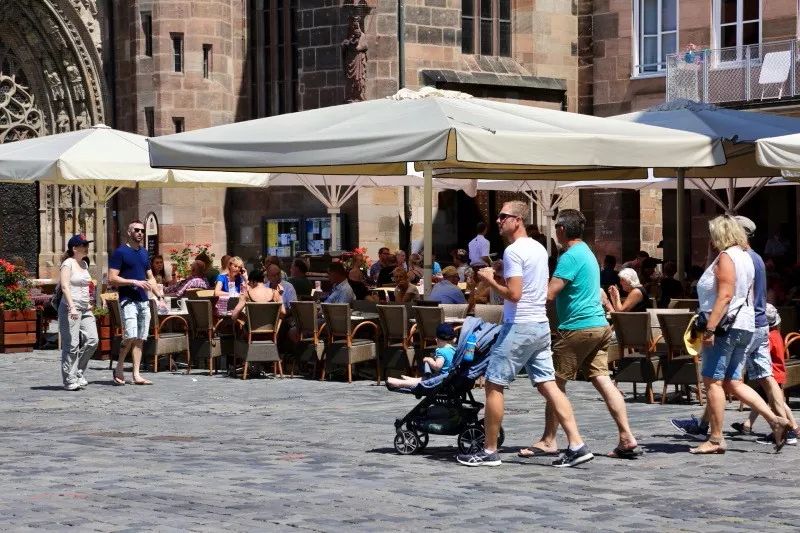
The little Guliang riding a bicycle happily glides in front of my camera

The church where the mass had just ended was solemn and peaceful
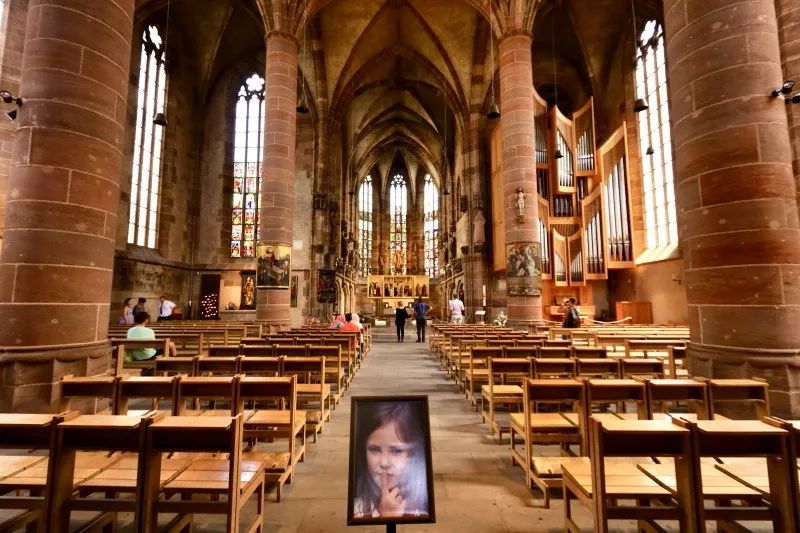
Enter the Czech Republic. Although the Czech Republic has only 10 million people, it is a beer country. Breweries are scattered all over the country of more than 70,000 square kilometers. The annual per capita beer consumption reaches 162 liters, ranking first in the world. The hometown of Czech beer – Pilsen, the rectangular Republic Square, with the famous St. Bartholomew's Church in the center and the Old Town Hall built in 1558 opposite
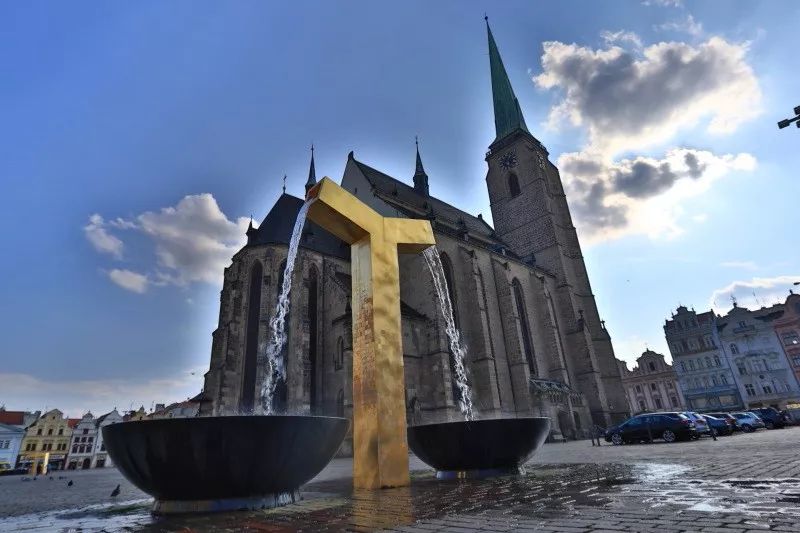
As the hometown of beer, even the traffic light poles across the road are made in the shape of beer bottles, which is really intoxicating.
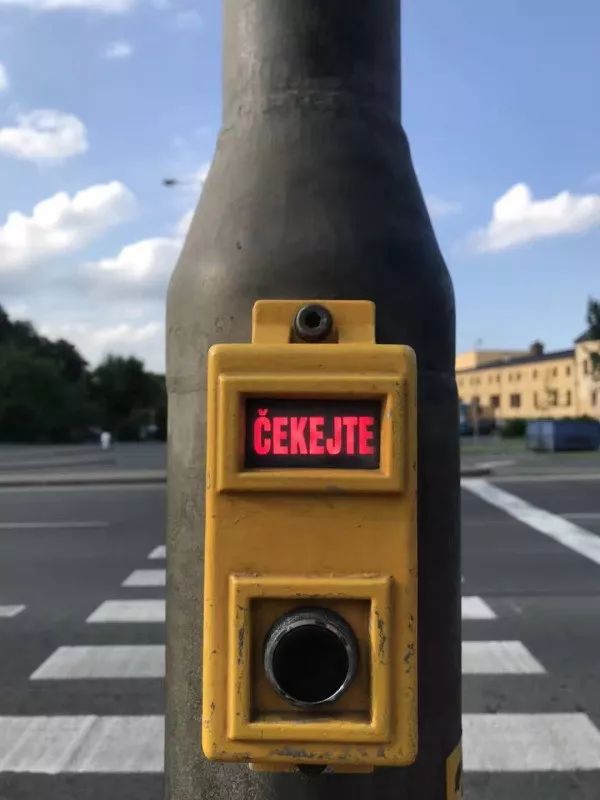
The beer here has been famous in Bohemia since the 15th century. People regard brewing beer as an ancestral skill passed down from generation to generation. It is a must-see when passing by. In this tavern full of 18th-century atmosphere, you can enjoy yourself without drinking. Drunk, come on, cheers!
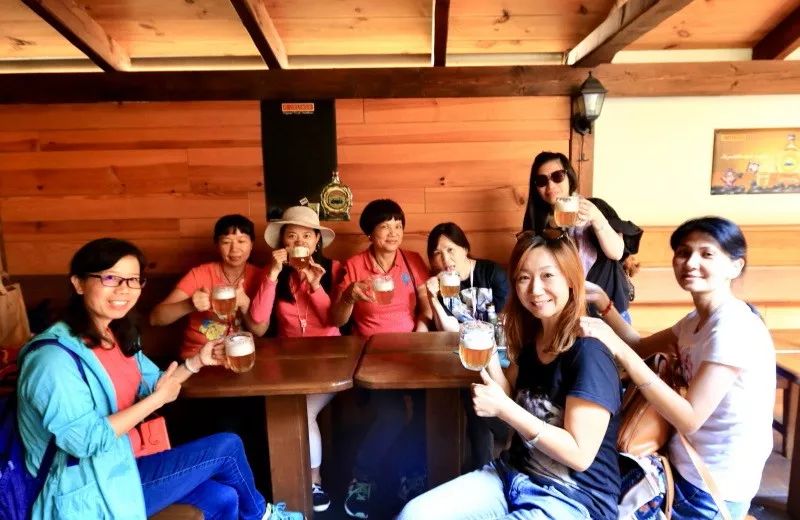
Next to the Pilsen alley in the evening, the century-old stone pavement exudes a charming luster
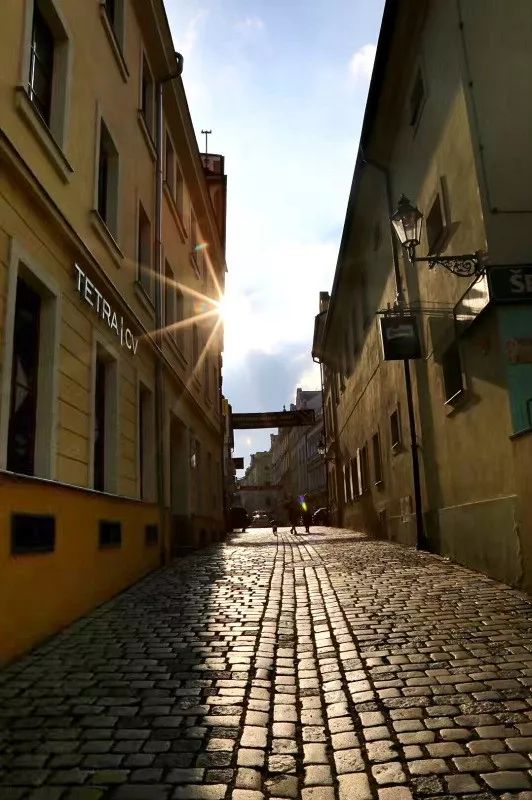
A 2-hour drive from Pilsen is the 13th century The Czech "Budweiser Town" - Budejovice, which is called Budweis in German, and the beer produced here is also called Budweiser. The American brewer chose the name "Budweiser" for its beer in 1876 because it was synonymous with quality beer. Two brewers had been using the same name since the late 19th century, and a century-long legal battle over trademark rights to the brand had been going on for over a century. Now Budweiser in Europe and the United States is "not allowed to interfere with the well water"
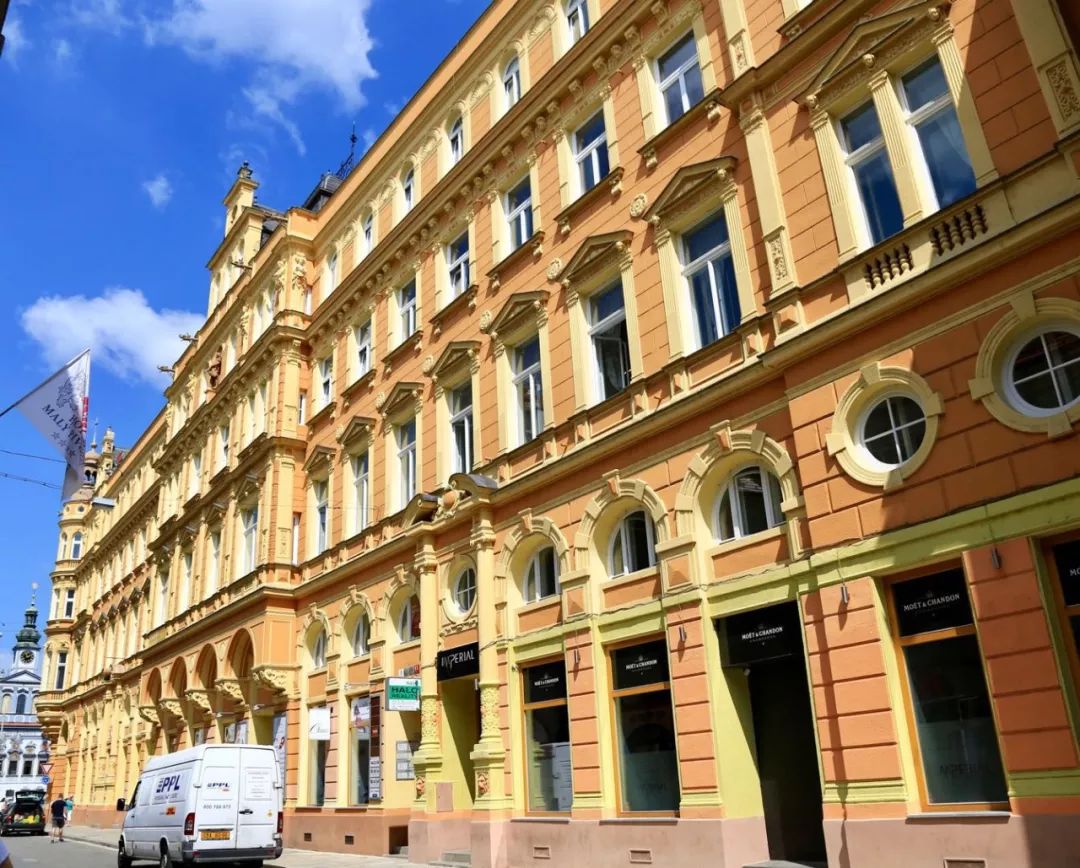
Budejovice is a charming medieval old town. It has two of the best squares in the Czech Republic. The square square with a length of 133 meters on each side is the largest square in the Czech Republic. The 20-meter-high Hercules and Lion fountain in the center of the square is the Czech tallest statue fountain
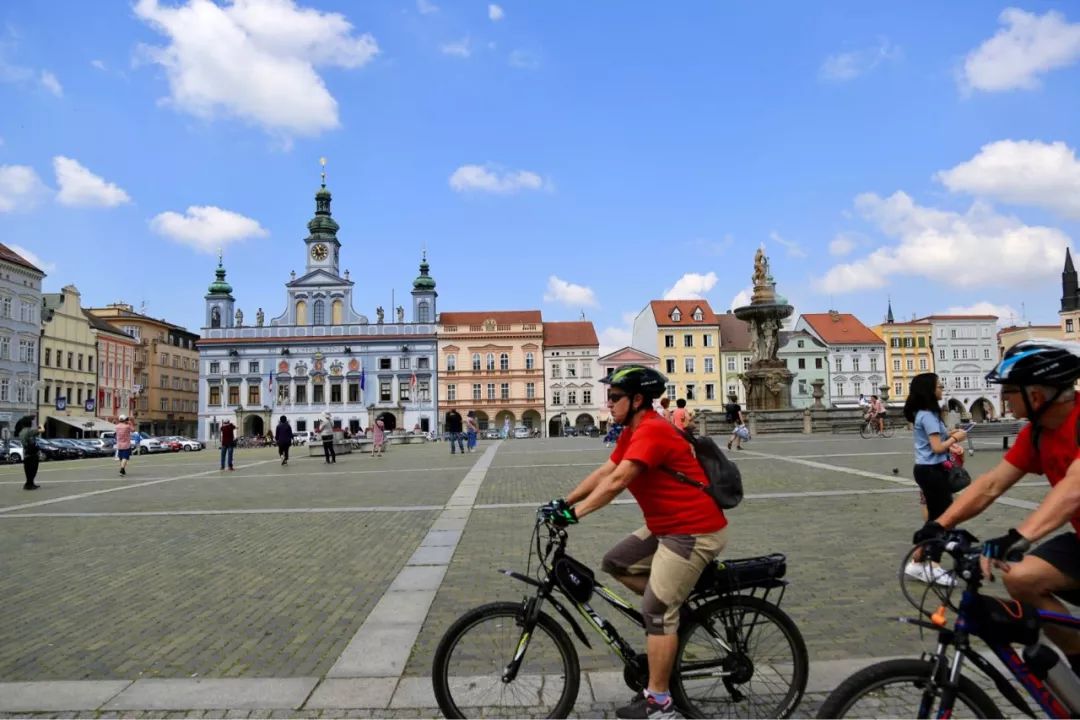
Sit on the bench in the square with the Czech beauty and enjoy the sunshine
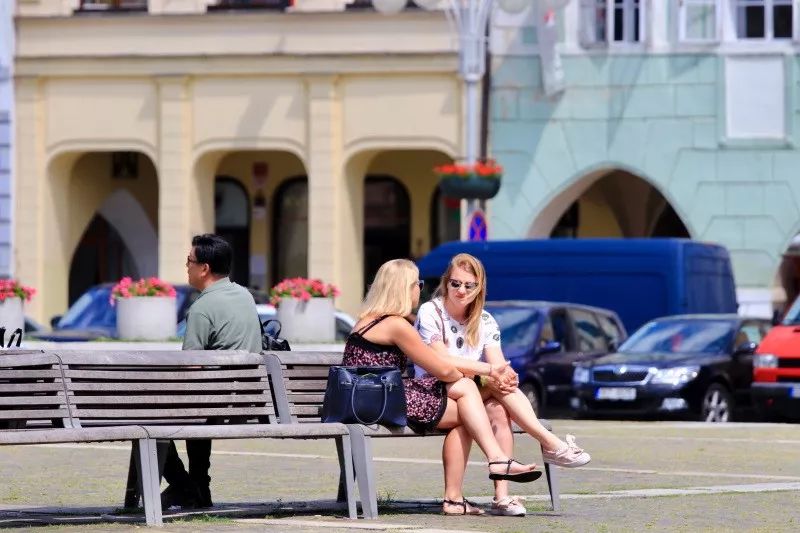
Watching the little boy chasing pigeons and playing, let the time flow
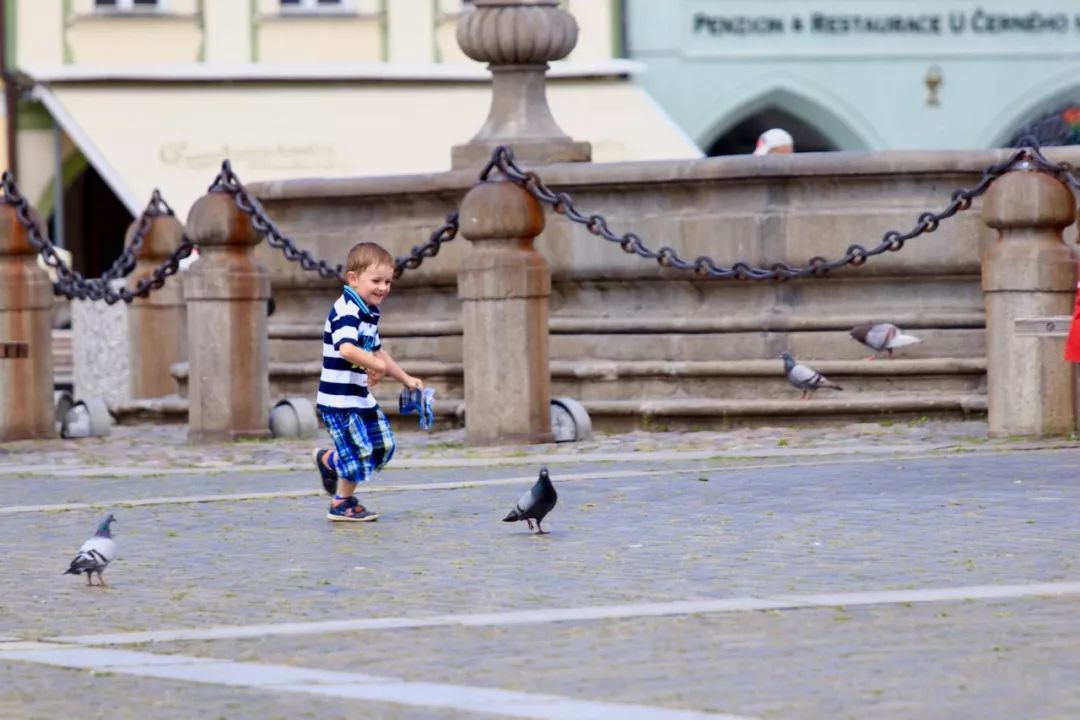
After driving for another half an hour, we arrived at the Czech town of Krumlov. Cesky Krumlov, Known as "the most beautiful town in the world", referred to as CK Town, this It is an ancient town that has never been ravaged by war for five centuries. It still retains its medieval style, red tiles, white walls, small bridges and flowing water, and the original Bohemian style. It is listed as a dual world cultural and natural heritage.
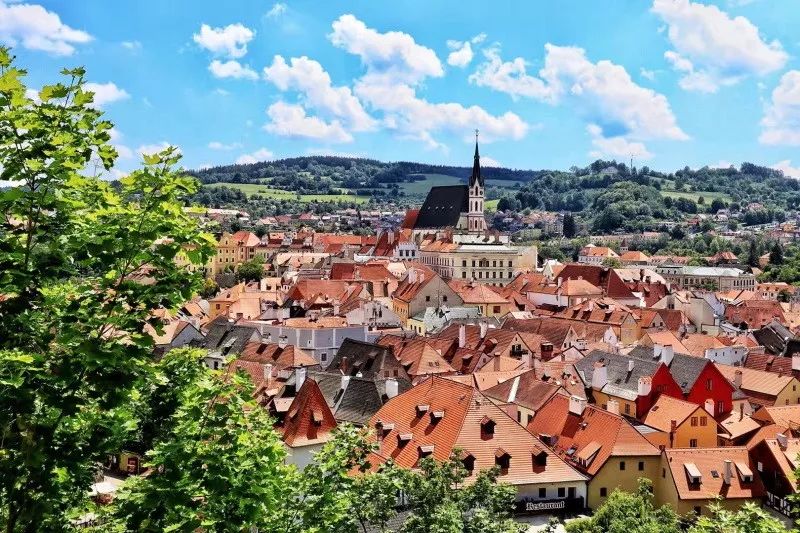
Most of the buildings were built between the 14th and 17th centuries, mostly in Gothic and Baroque styles.
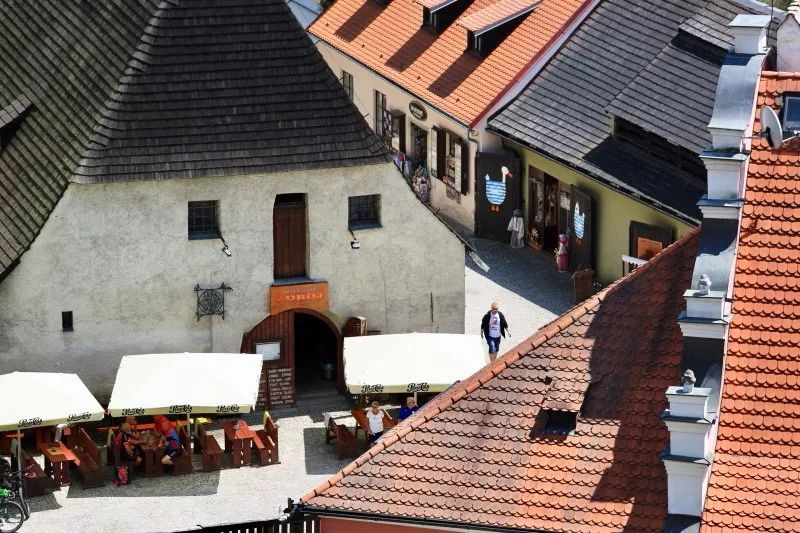
This is no longer a fairy tale world, but the fairy tale itself

Sitting by the river and enjoying a delicious meal will transport you back to the romantic time of the Middle Ages...
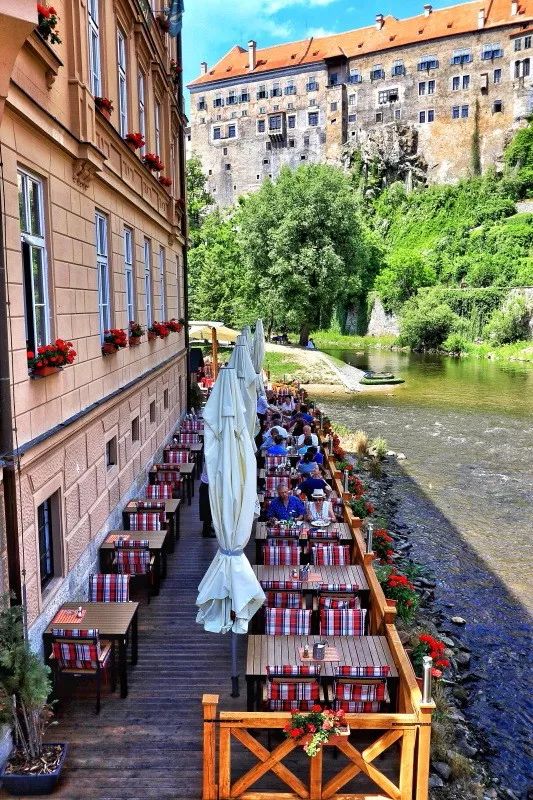
Standing at the highest point of the castle and overlooking the entire ancient city, it looks like a rich oil painting. "Click", this is a perfect WeChat avatar photo
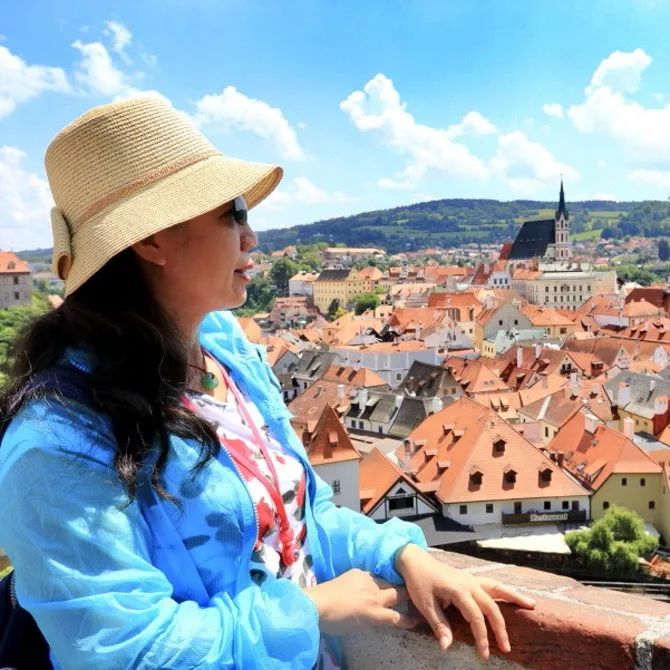
Enter Austria. Schönbrunn Palace on the outskirts of Vienna was once the royal palace of the Holy Roman Empire, the Austrian Empire, the Austro-Hungarian Empire and the Habsburg dynasty. It was also the summer palace where Princess Sissi lived.
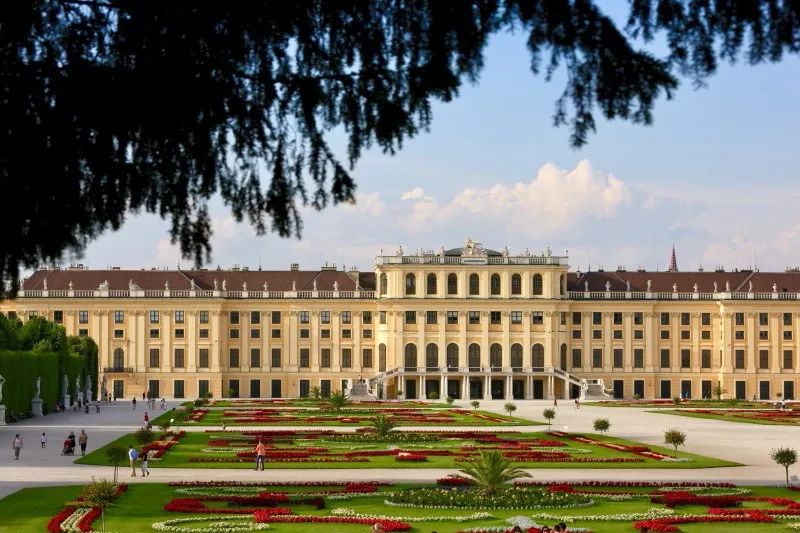
Its area and level of luxury are second only to the Palace of Versailles in France, making it the second largest palace in Europe.
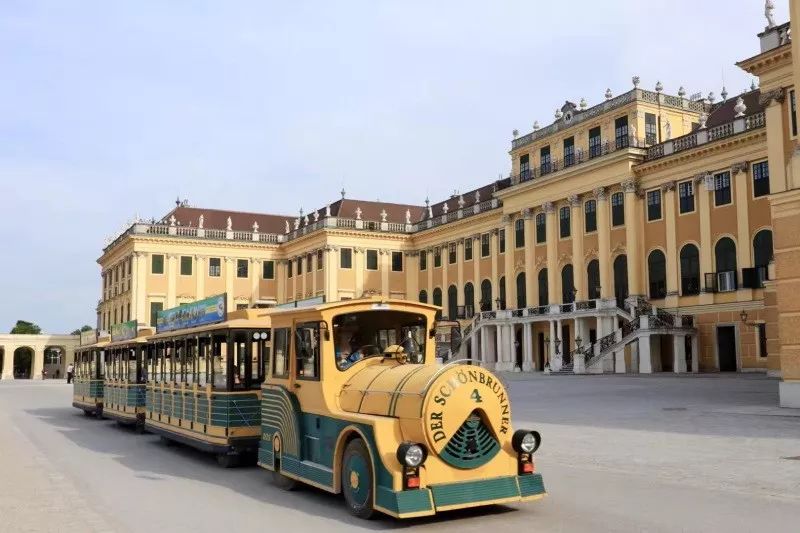
The gardens of the palace are filled with flowers, and we never tire of taking photos of this huge rose gallery.

What a wonderful imitation
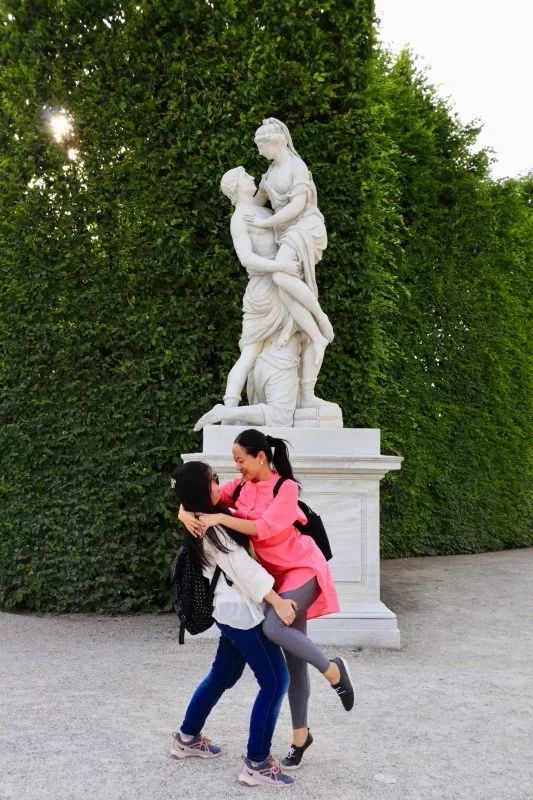
Vienna, the capital of Austria and the music capital of the world, The State Opera House, known as the "World Opera Center", is the main symbol of Vienna
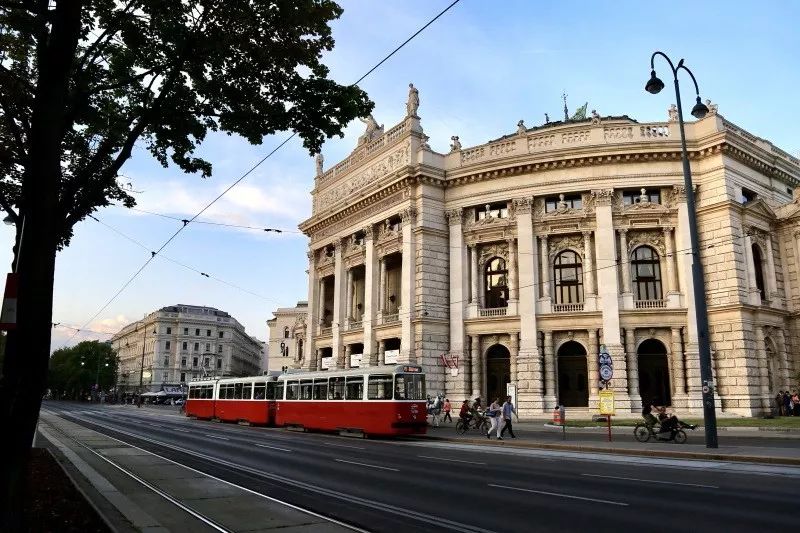
The Hofburg Palace, also the winter palace of the Habsburg Austro-Hungarian Empire, is located in the center of Vienna. It is now the office of the Austrian President. There is also the Sissi Museum in the palace.
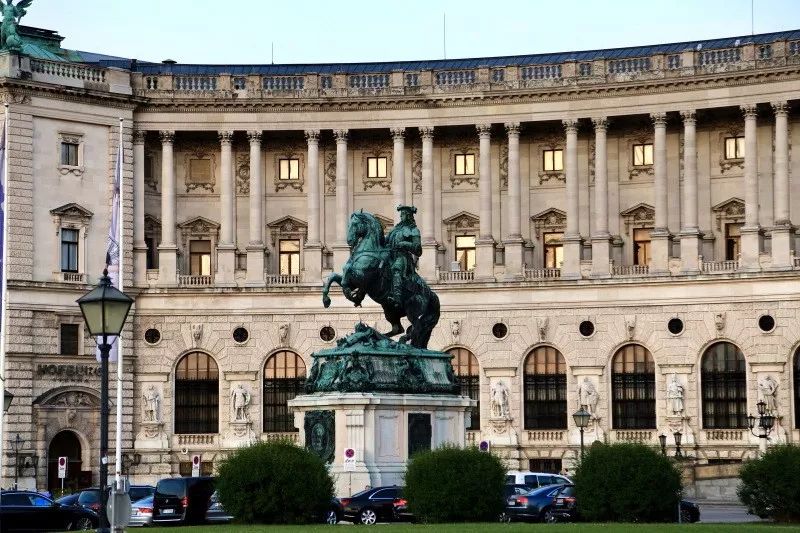
The Hofburg Palace is full of classical melancholy
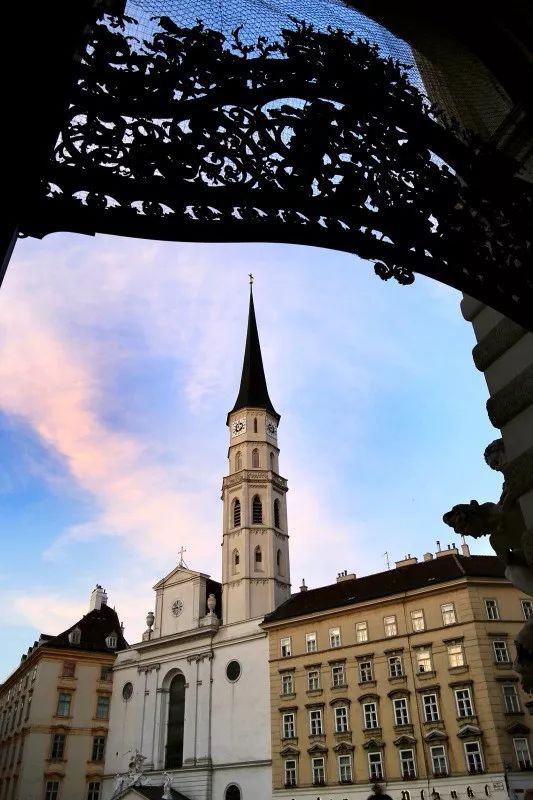
vienna city park
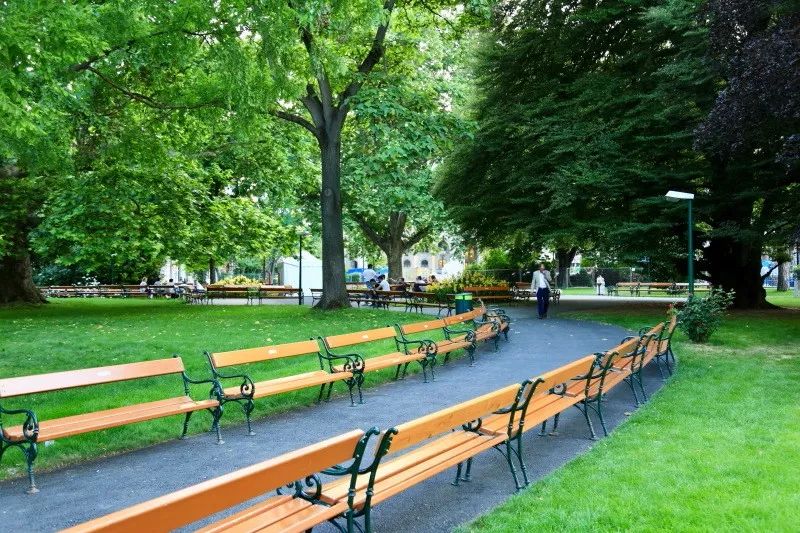
As night falls, the bustling streets of Vienna are lit up with lights, and international brands are dazzling. Take out your card holder, it’s time for shopping.
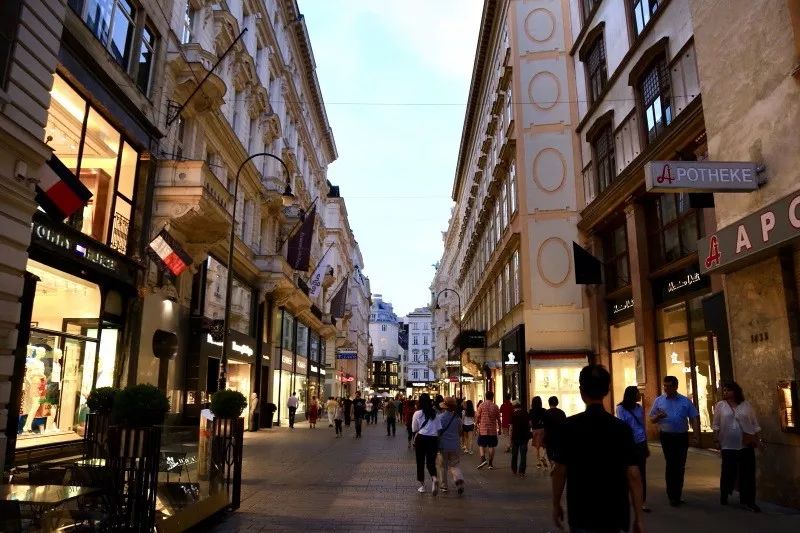
The Golden Hall, where the "Vienna New Year Concert" is held every year, is the oldest and most modern concert hall in Vienna.
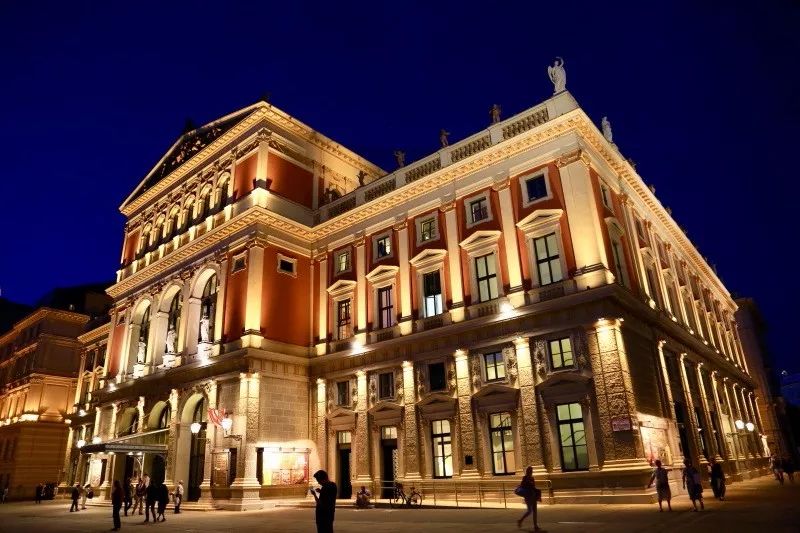
Enter Slovakia, Slovakia. The capital Bratislava Bratislava, is located on the Danube River, across the river from Austria
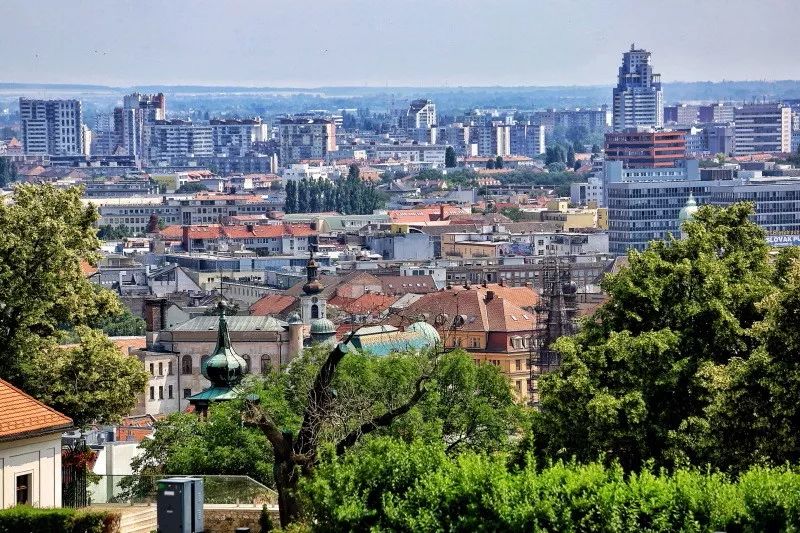
In the general election in June 1992, two political parties, the Civic Democratic Party and the Movement for Democracy in Slovakia, won in the Czech Republic and Slovakia respectively. On November 25 of the same year, the leaders of the two republics decided to separate the Czech and Slovak Federal Republics after consultations, and the Federal Parliament passed the dissolution law, stipulating that the two republics would become independent main states from January 1, 1993. The Czech Republic and the Slovak Republic are both successor states of Czechoslovakia. From then on, the unified Czechoslovakia ceased to exist, and it was known as the "Velvet Secession" in history.
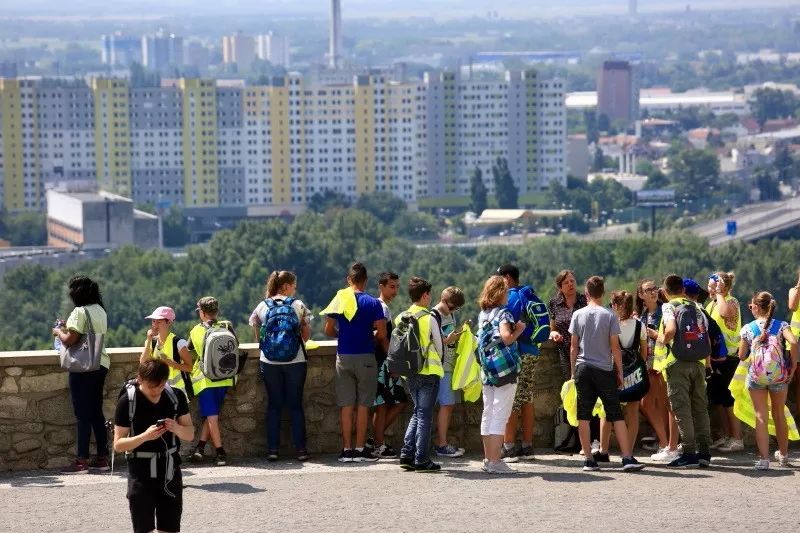
Bratislava Castle, also known as "Jeyun Castle", was originally a simple fortress built by the ancient Romans
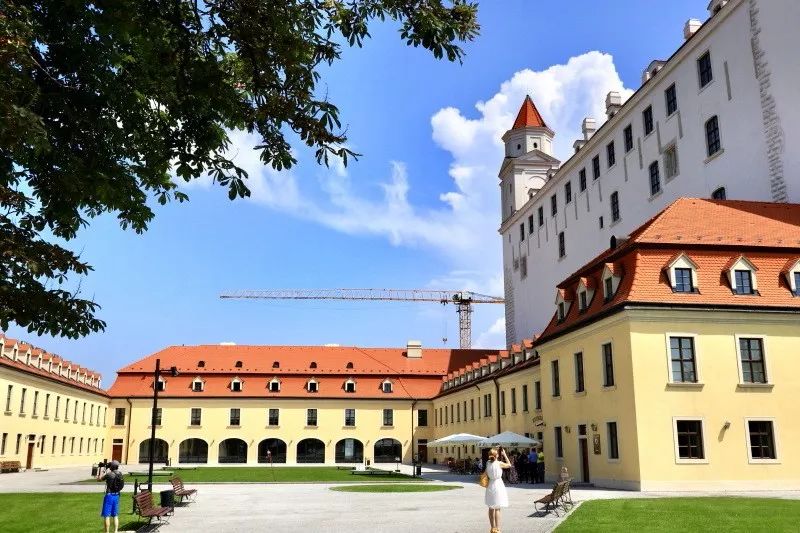
Stroll through the castle's back garden

Gardener working hard in the garden
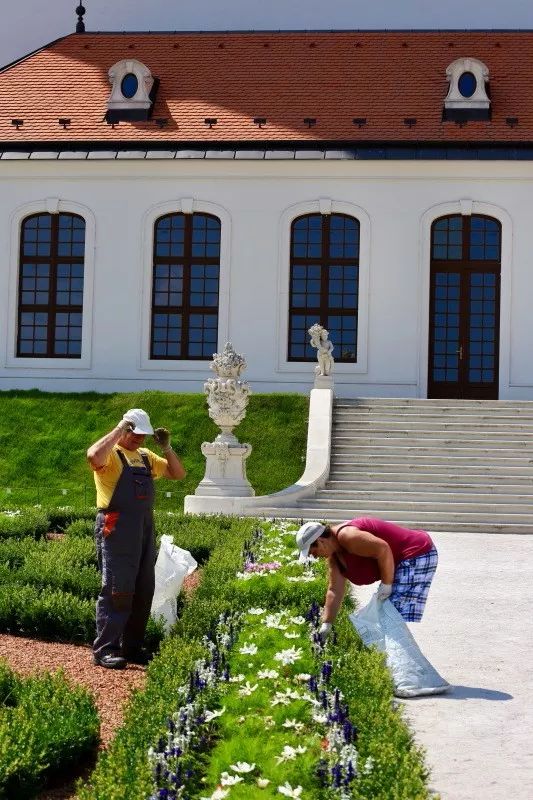
Gora Surkovic Palace, now the Presidential Palace of Slovakia, has been the seat of the highest government since pre-communist times
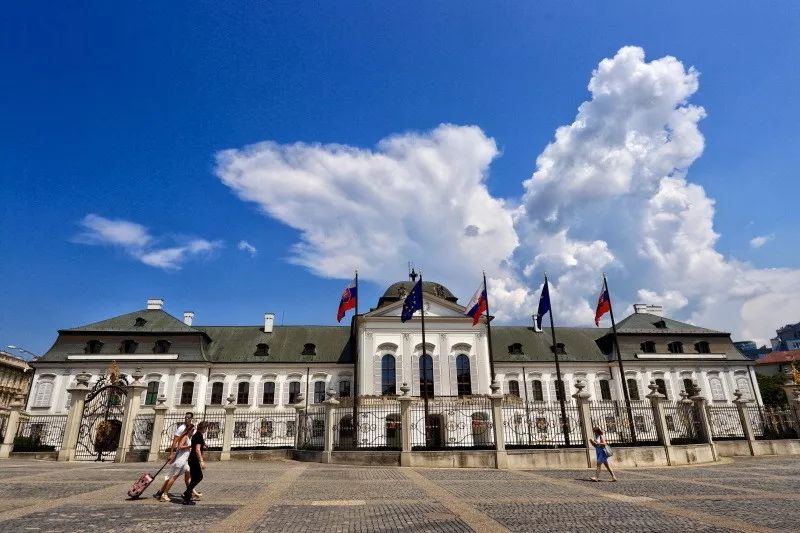
Unique window design and rich colors turn an ordinary building into a city scene
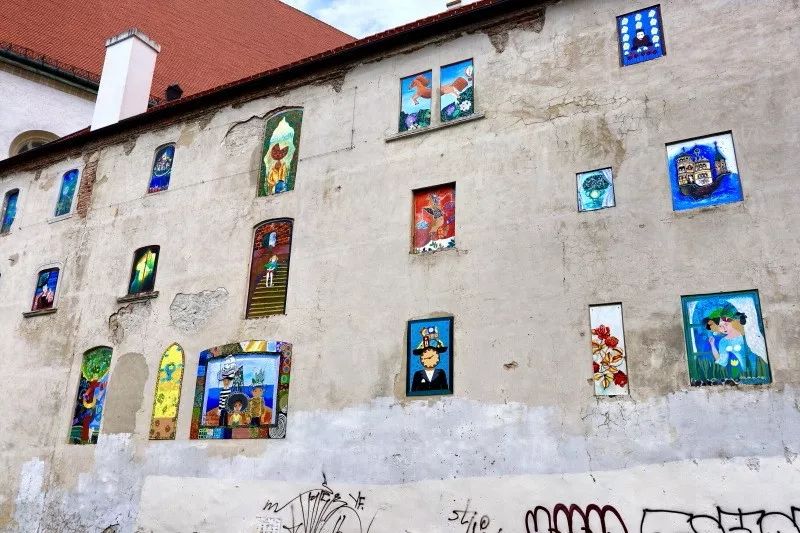
Beautiful little restaurant in the old town of Bratislava
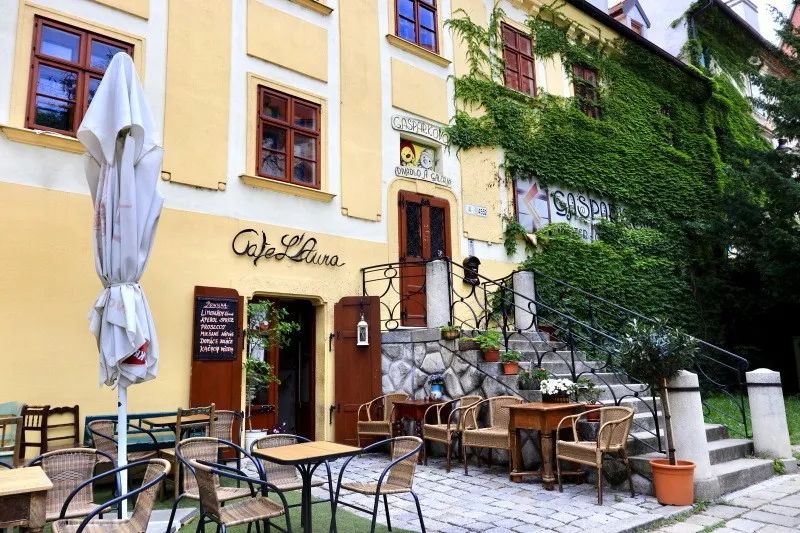
A sculpture commemorating sewer workers on the side of the road looks like it just crawled out of an underground pipe.
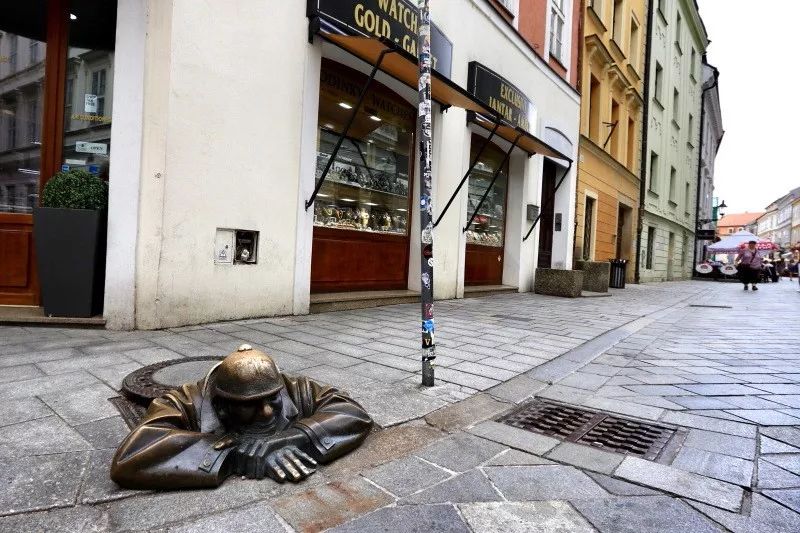
Old streets and alleys, tourists passing by
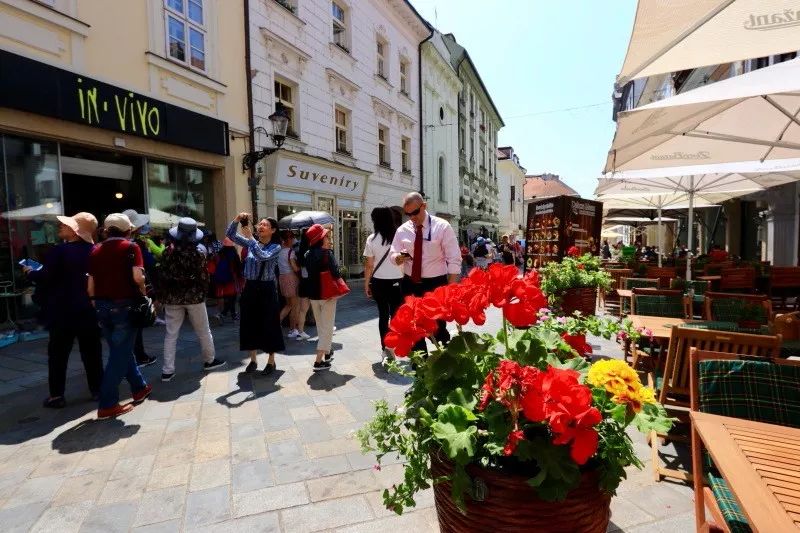
Couple enjoying cooling spray in street square

dream girl
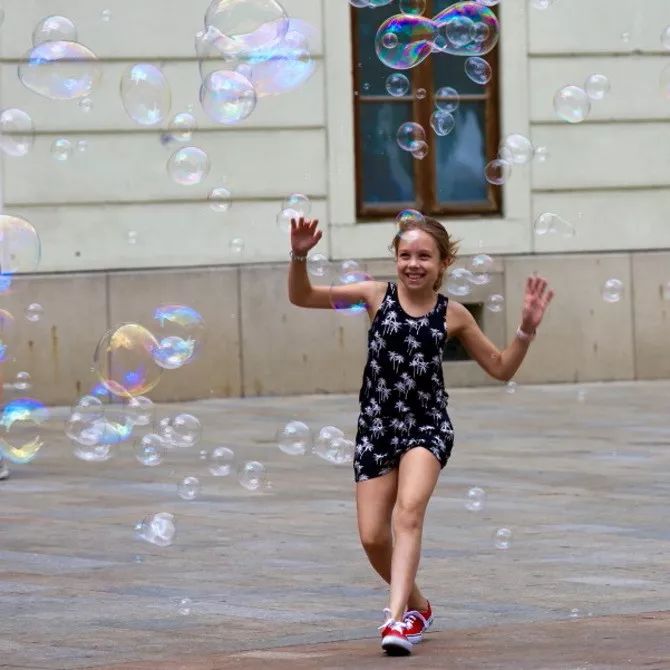
People leisurely enjoying delicious food at roadside restaurants
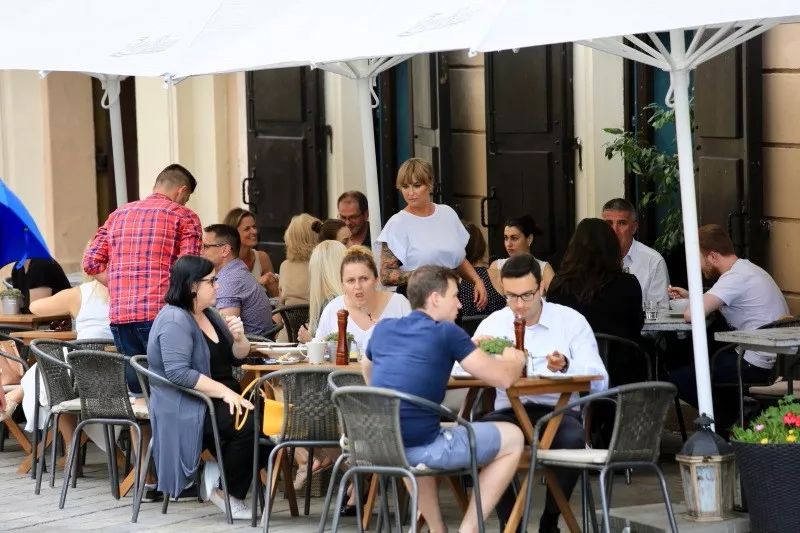
We found this old dessert shop that is said to be Princess Sissi’s favorite.
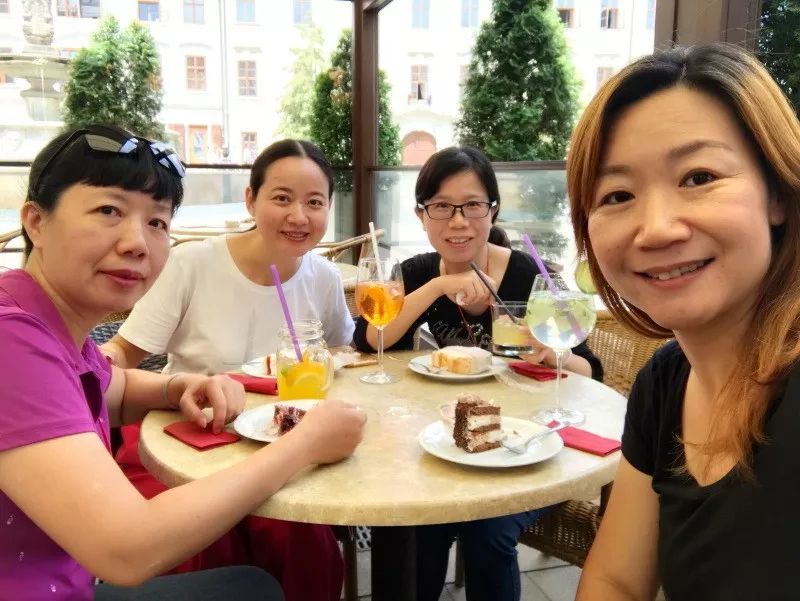
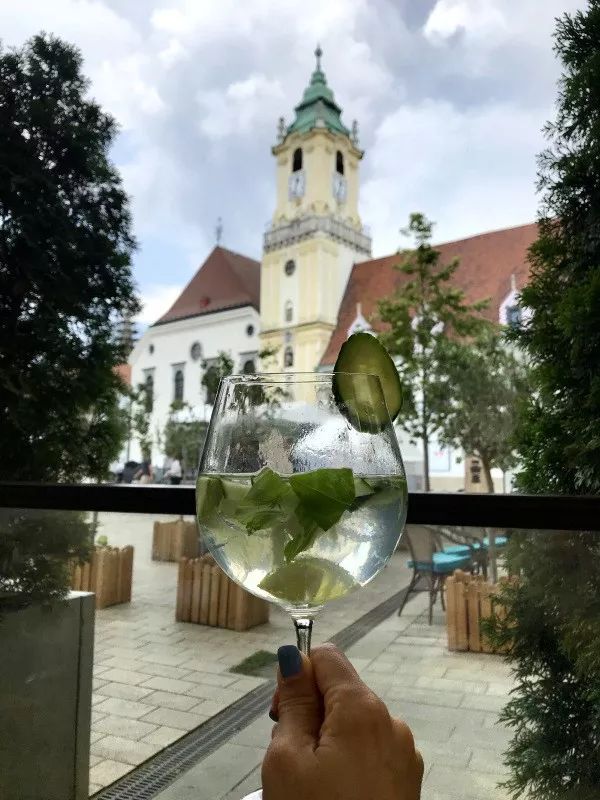
Hahaha, since you have entered the church, you should be more sincere, Amen
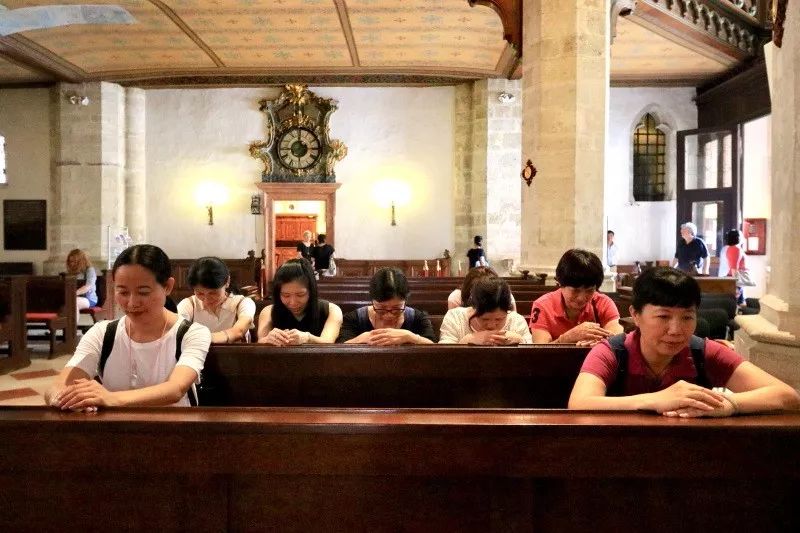
Enter Hungary. The capital Budapest Budapest was generally called Pest-Buda Pest-Buda in the past. The two cities were located on both sides of the Danube River. They merged in 1873 to become Budapest.
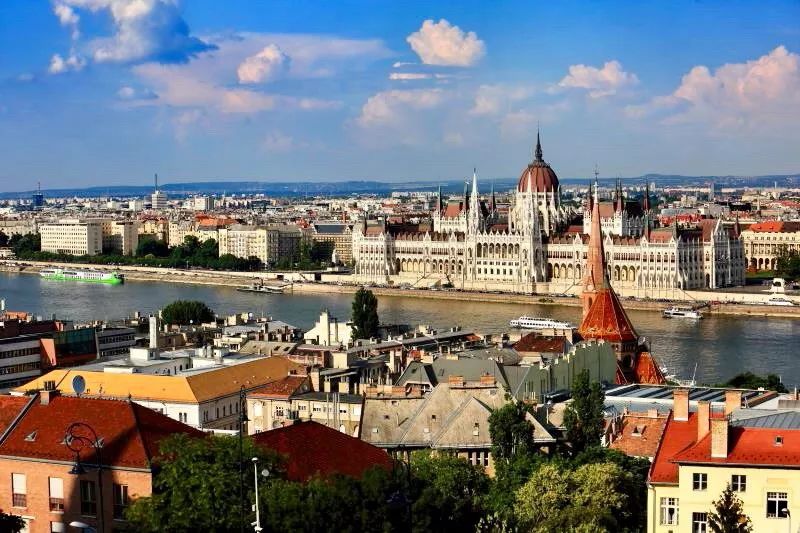
hungarian parliament building
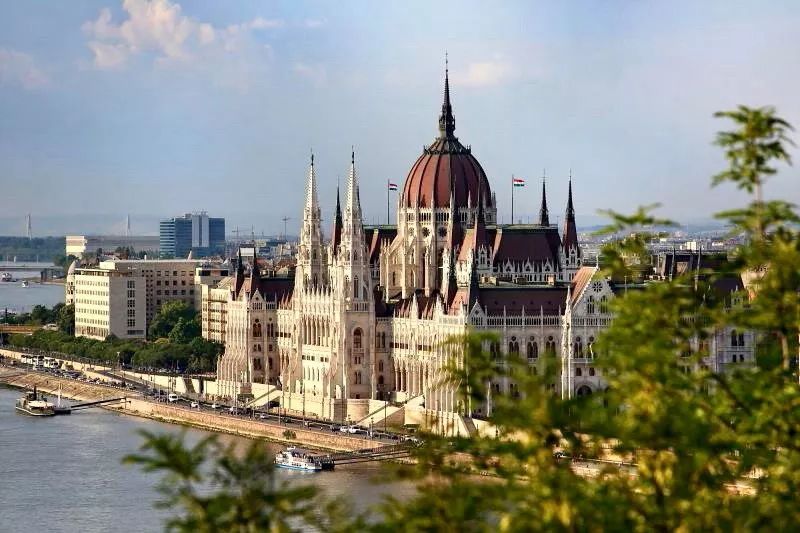
There are nine bridges across the Danube in Budapest, the oldest of which is the Széchenyi Chain Bridge, which has been a symbol of Budapest for many years.
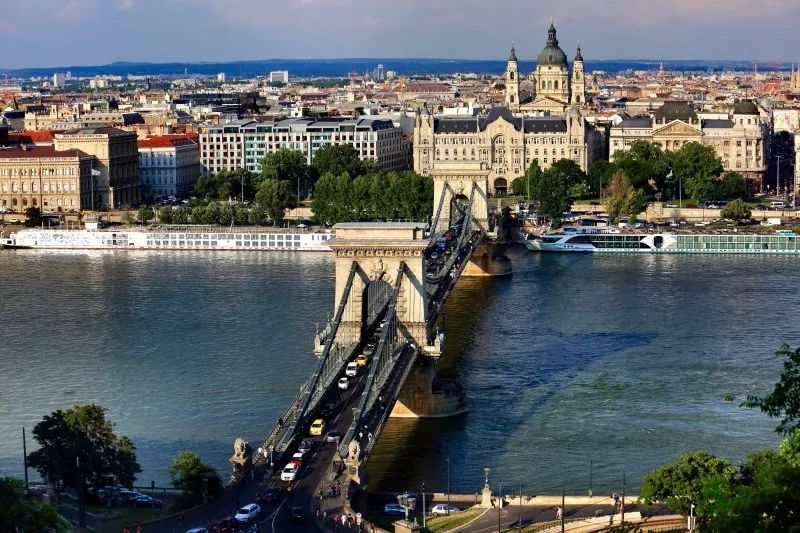
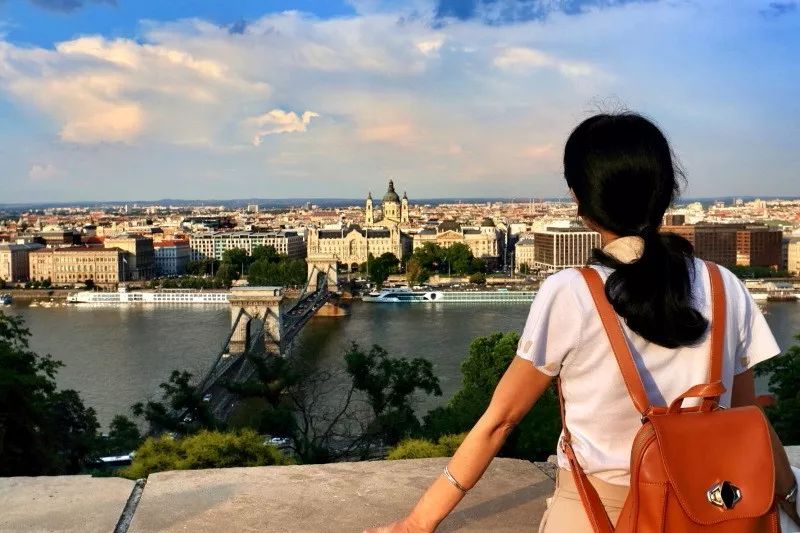
Buda Palace, a group of ancient Baroque buildings
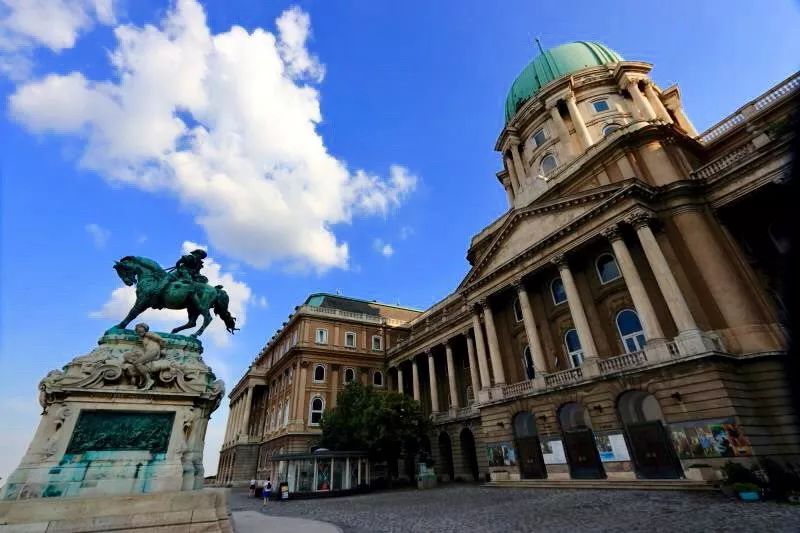
Viewpoint on Castle Hill
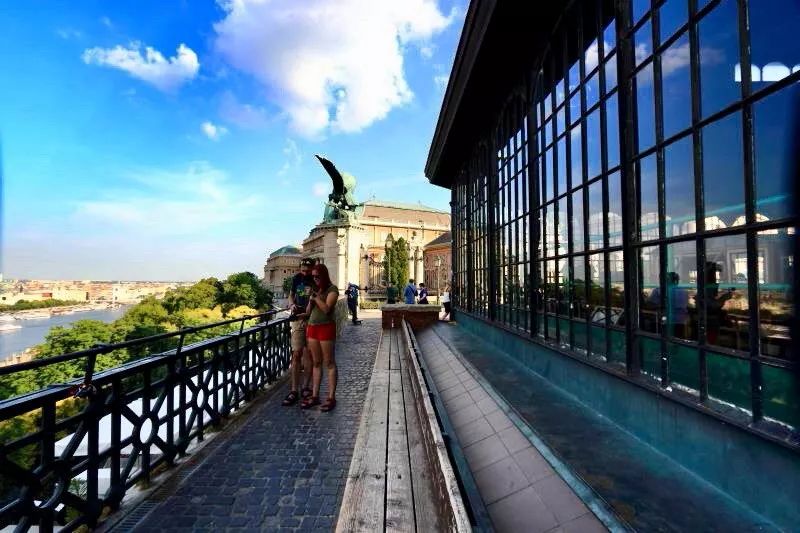
New York Cafe, opened in 1894, is the most beautiful cafe in the world. It is a must-visit place in Budapest to drink expensive coffee, admire the magnificent classical design and enjoy live piano music.
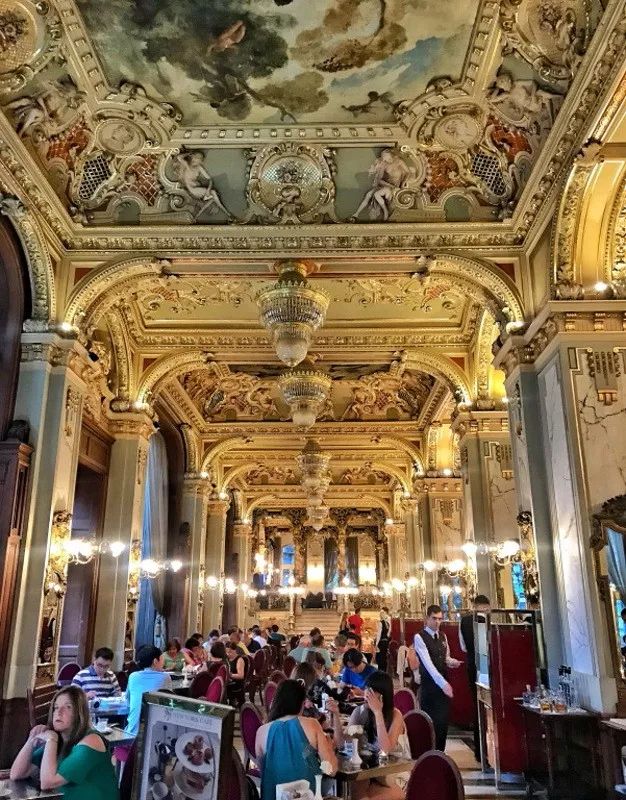
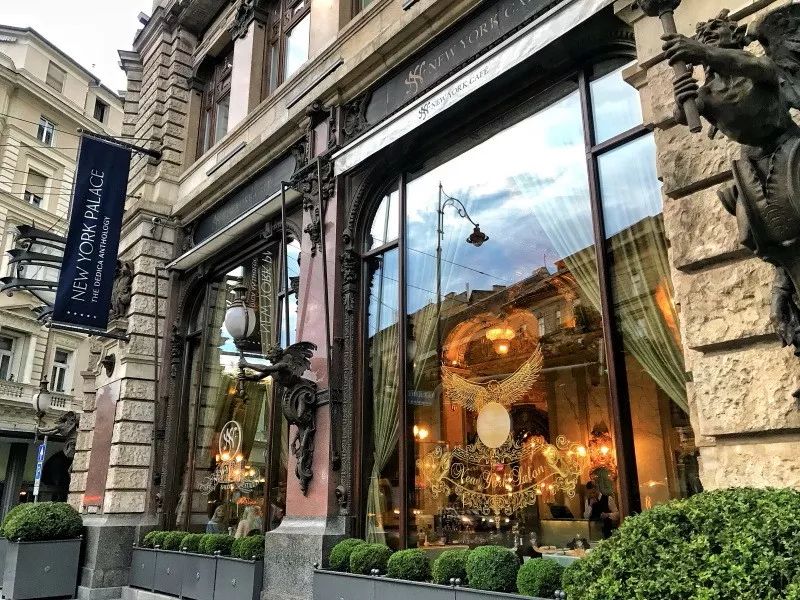
Budapest street scene
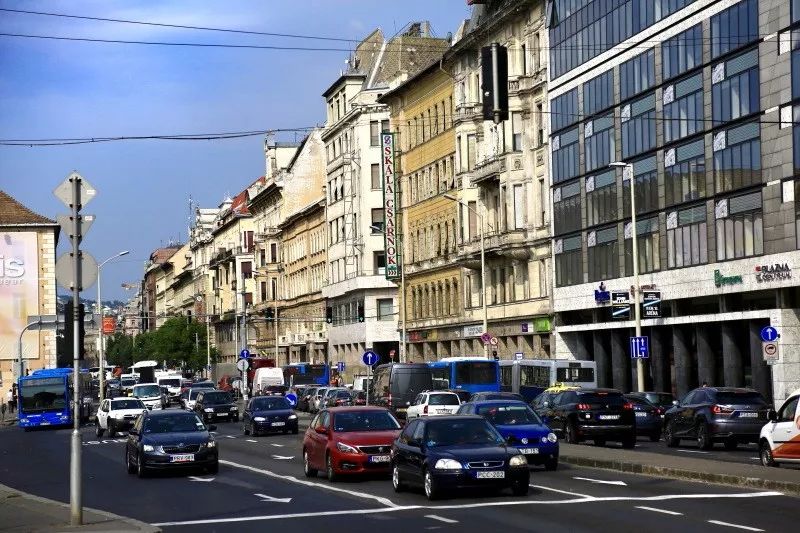
people waiting for traffic lights

roadside bus stop
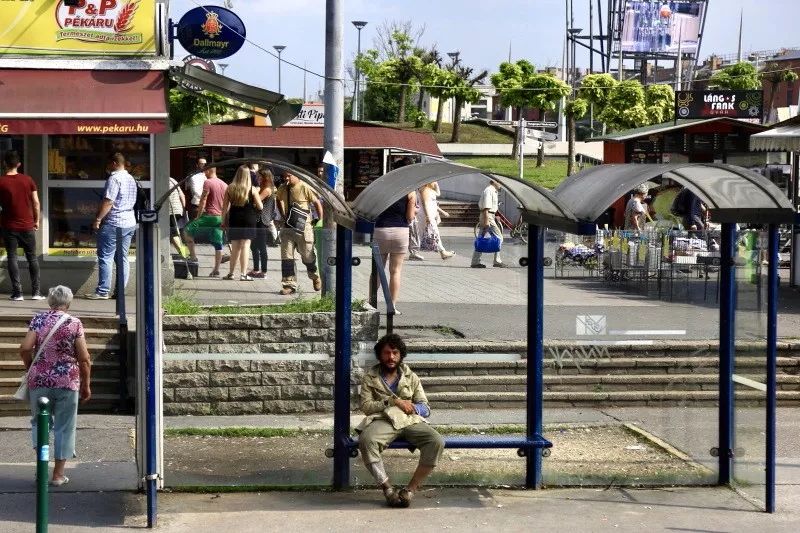
Trams throughout the city
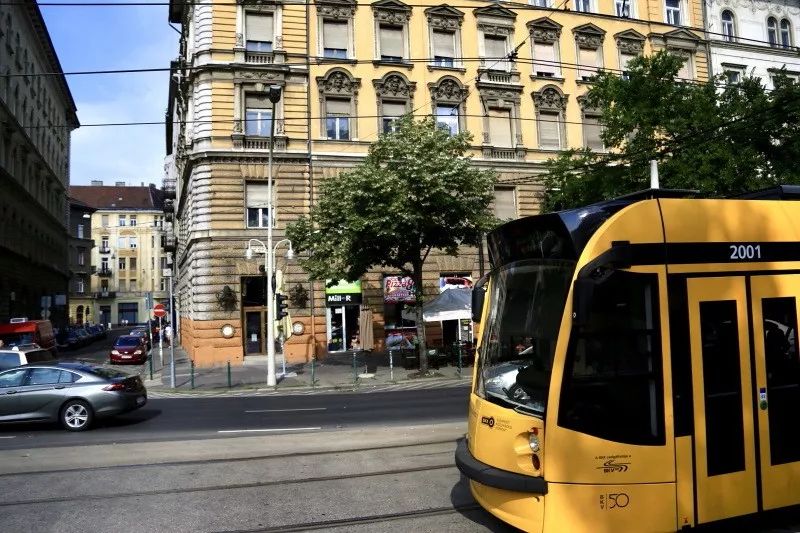
Budapest's underground rail transit system is the oldest electrified railway system in continental Europe and the second electrified subway line in the world after the London Underground. It was built in 1896 and was declared a World Cultural Heritage in 2002.
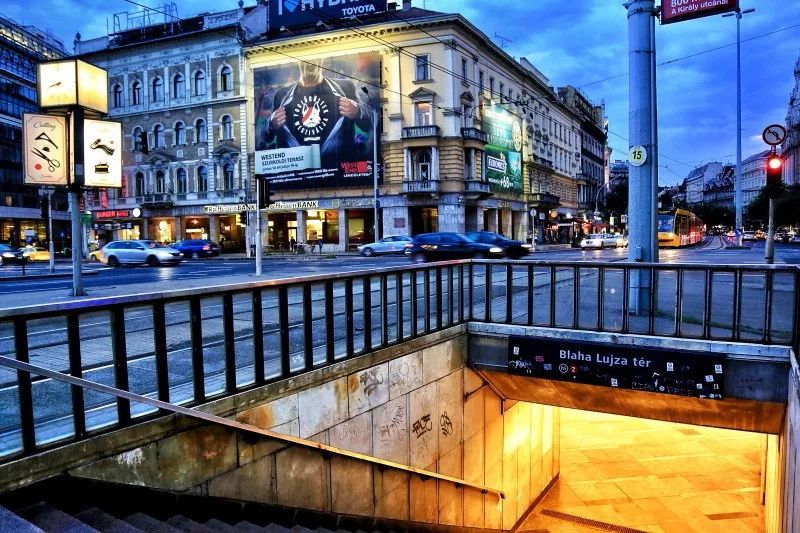
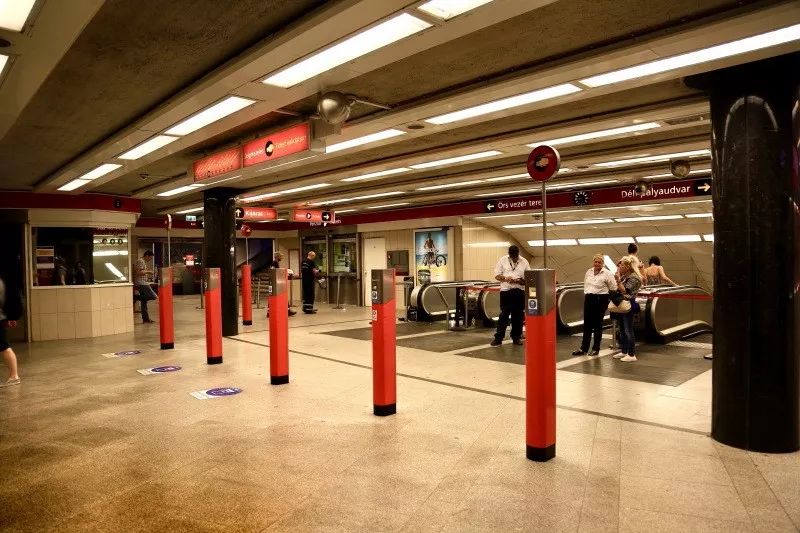
Night cruise on the Danube in Vienna
From Hungary through Slovakia to Poland, the pastoral scenery along the way made us dizzy and sleepless.
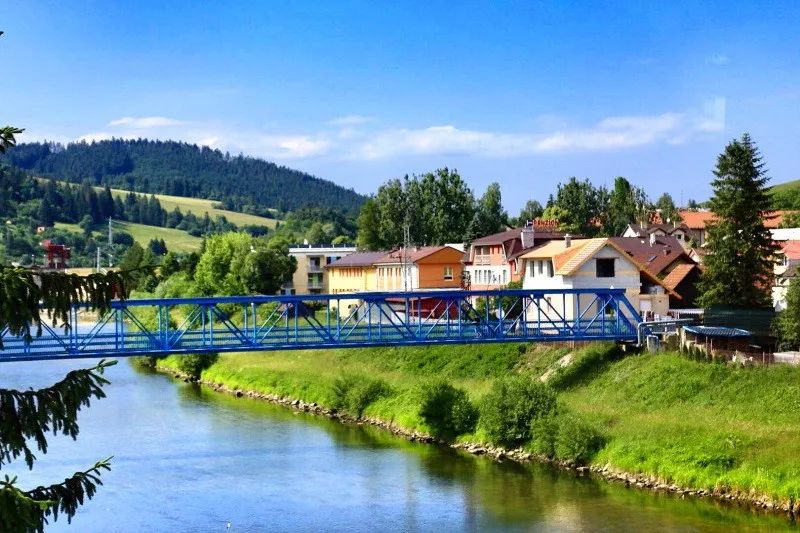
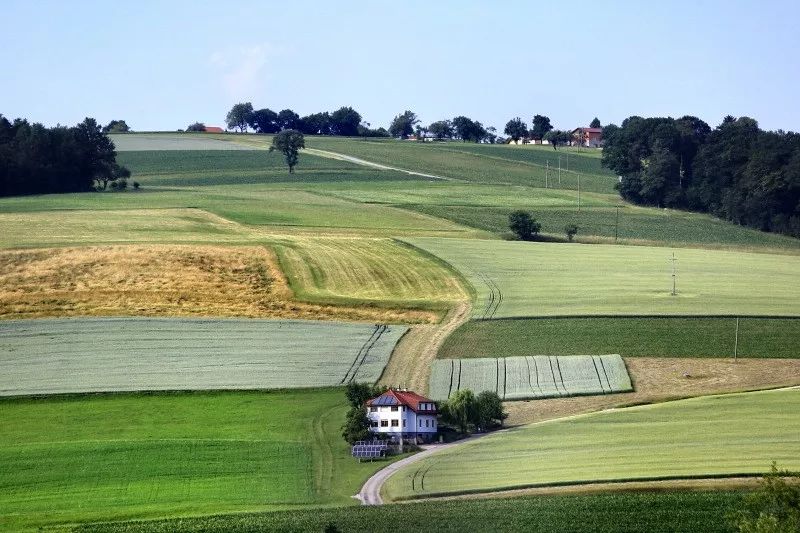
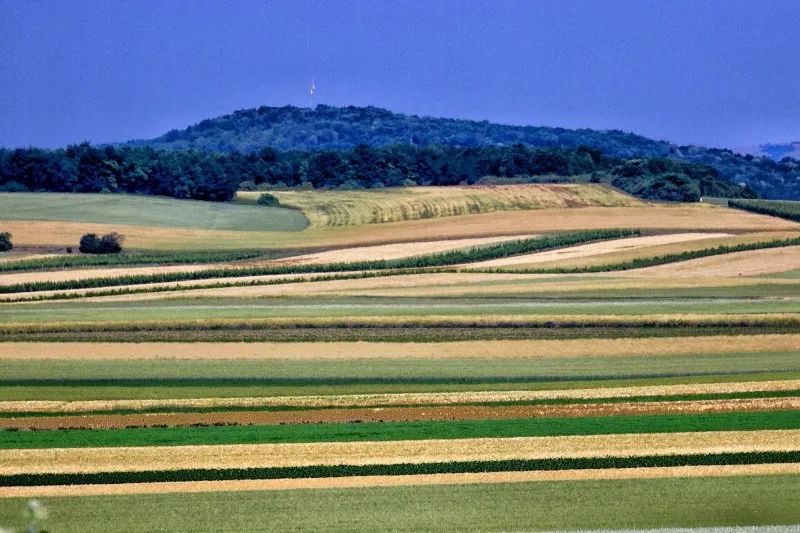

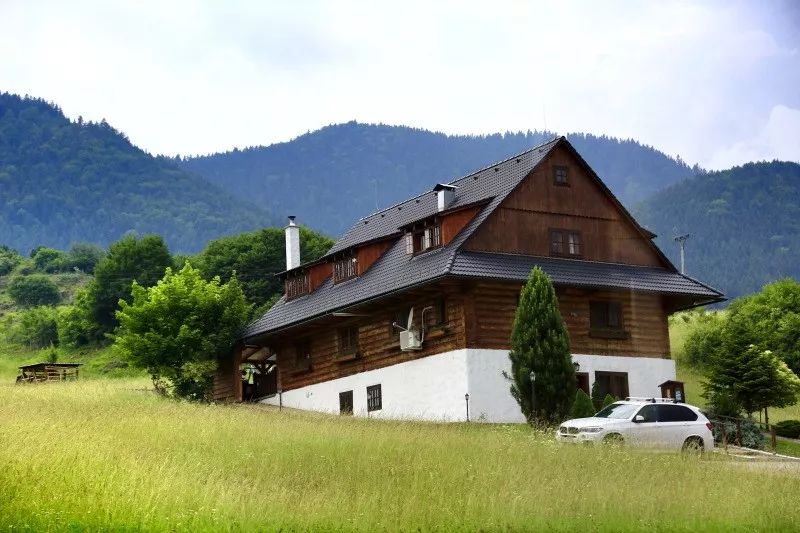
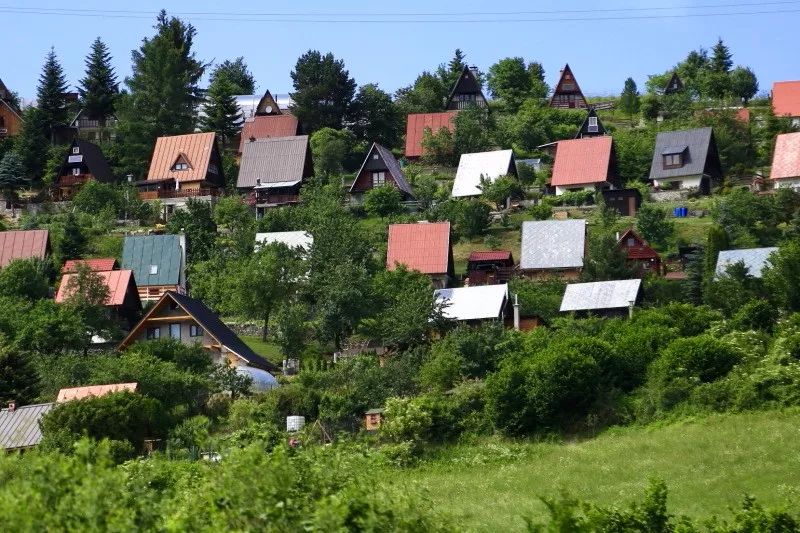
small country church
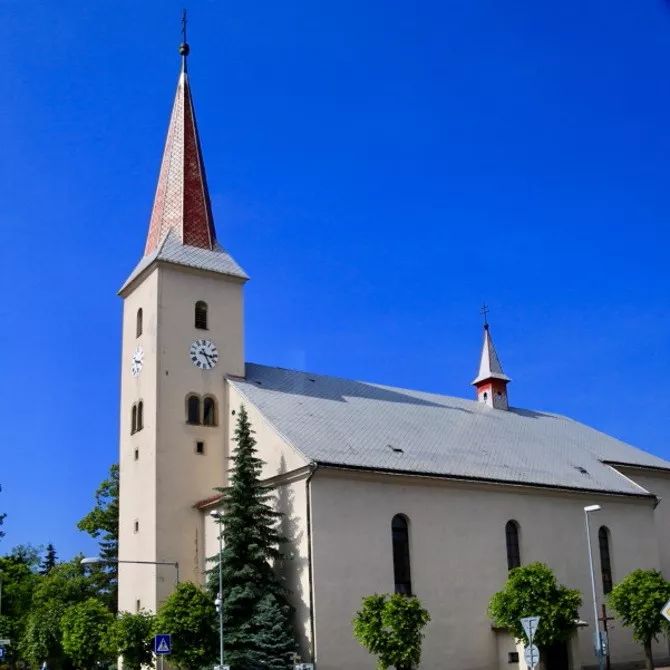
The gas station is also a rest area, and most toilets charge 0.5 euros.
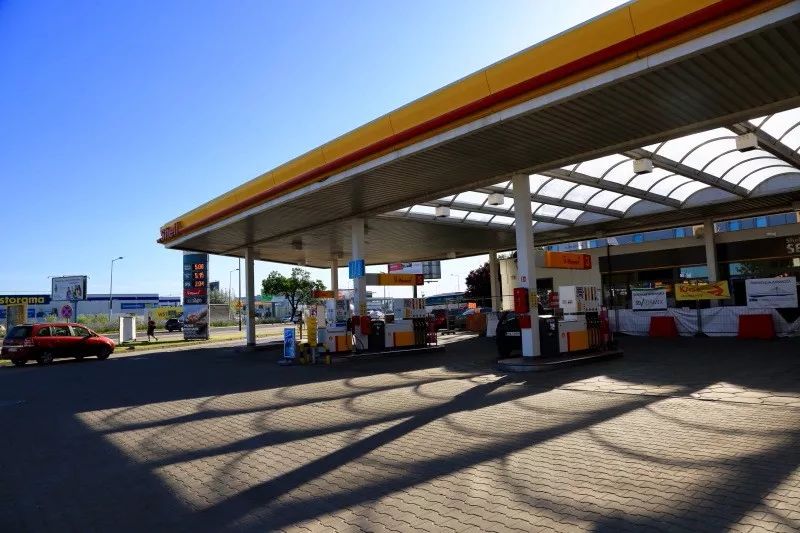
During the break, in addition to going to the toilet and buying food and drinks, it is natural to have some fun.
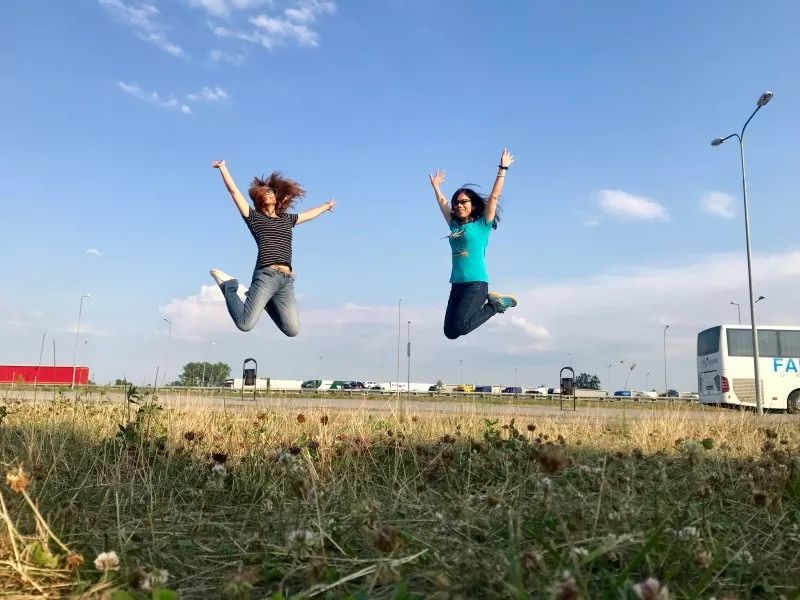
This is a duty-free shop located on the border between Slovakia and Poland. Sir, what do you want to buy?
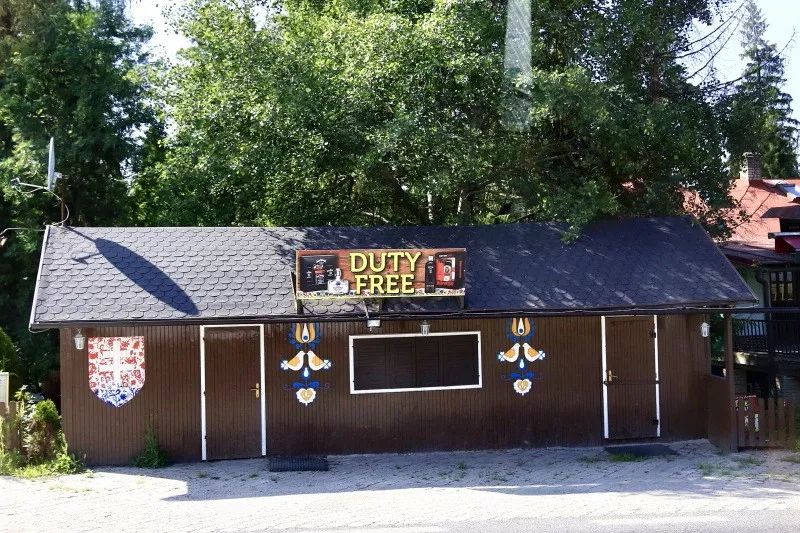
Holding a Schengen visa, you no longer need to go through any cross-border procedures when traveling between Schengen countries. Only occasionally, vehicles need to be registered between certain countries.
